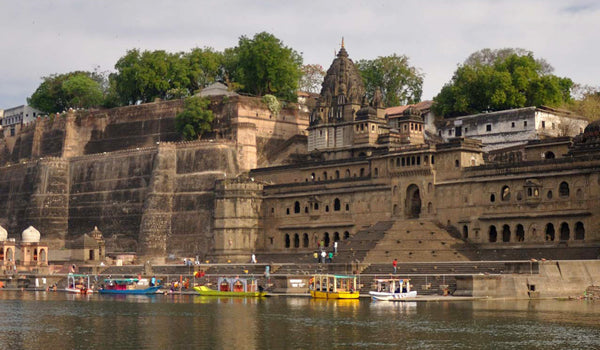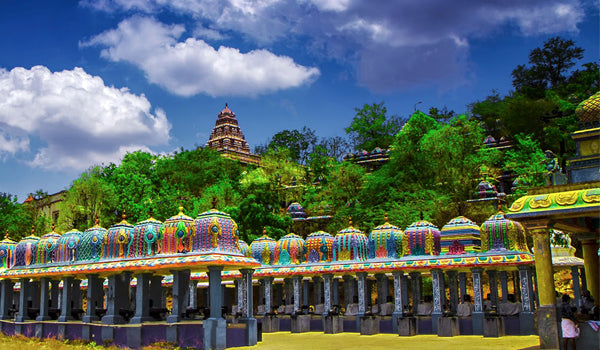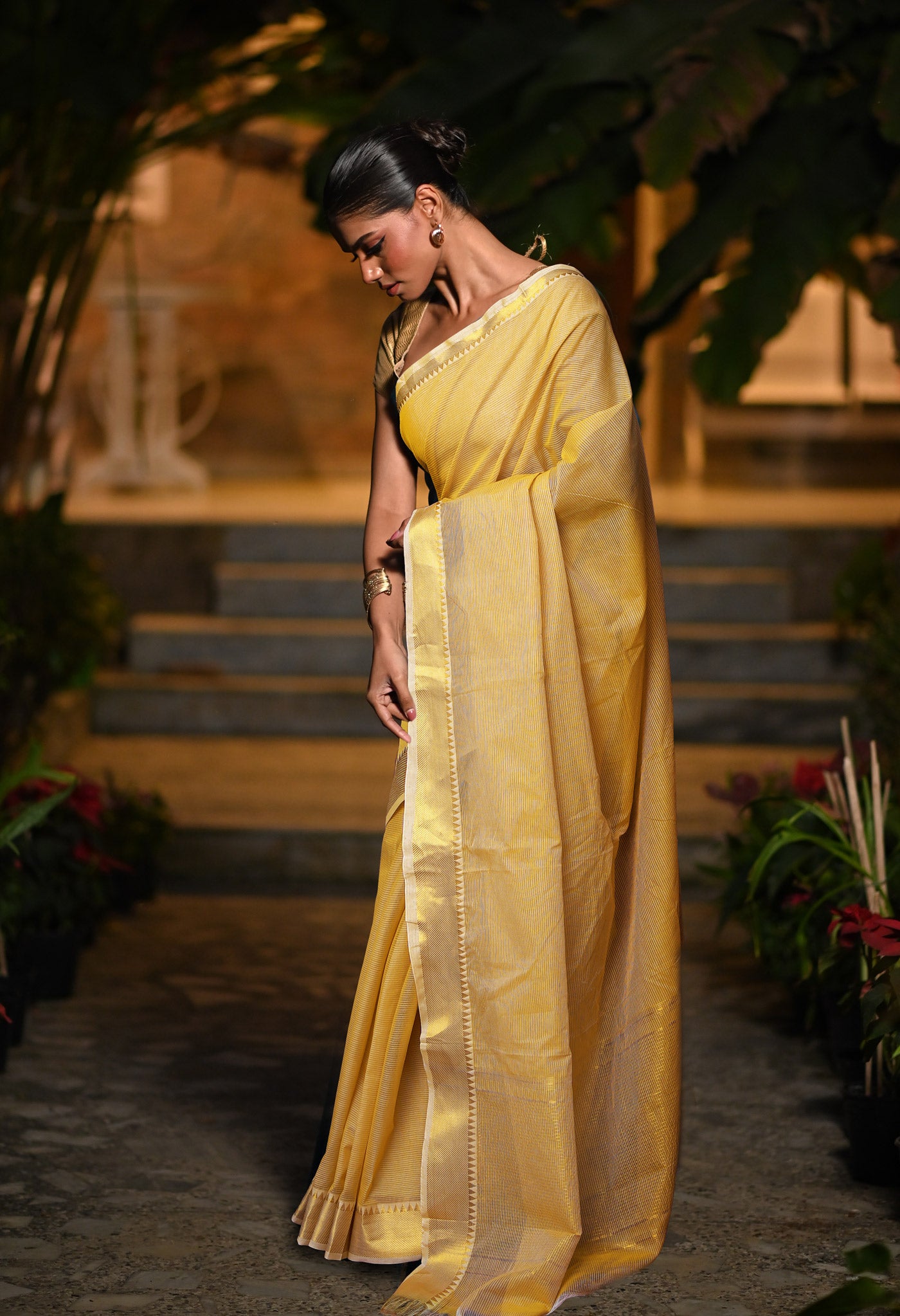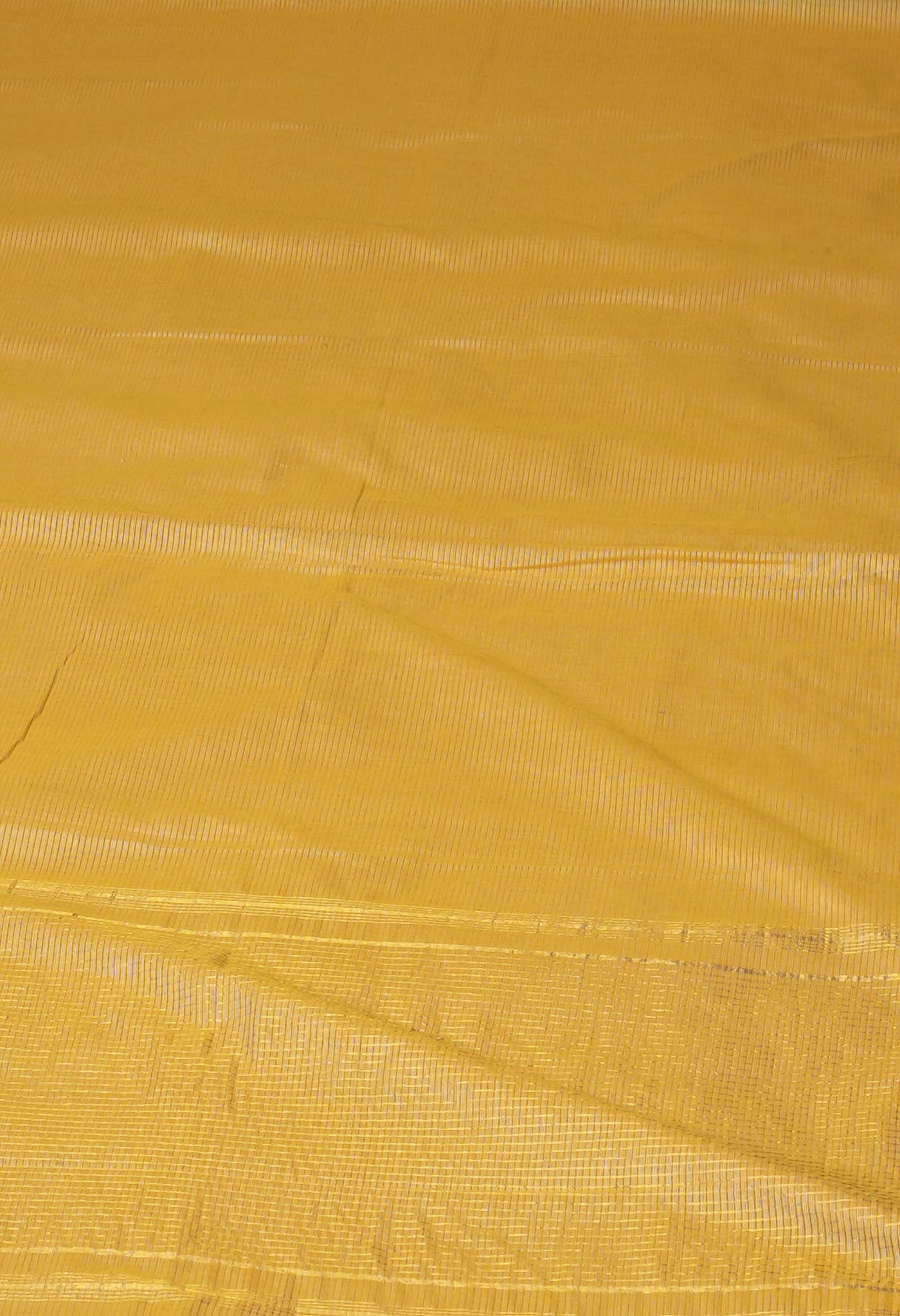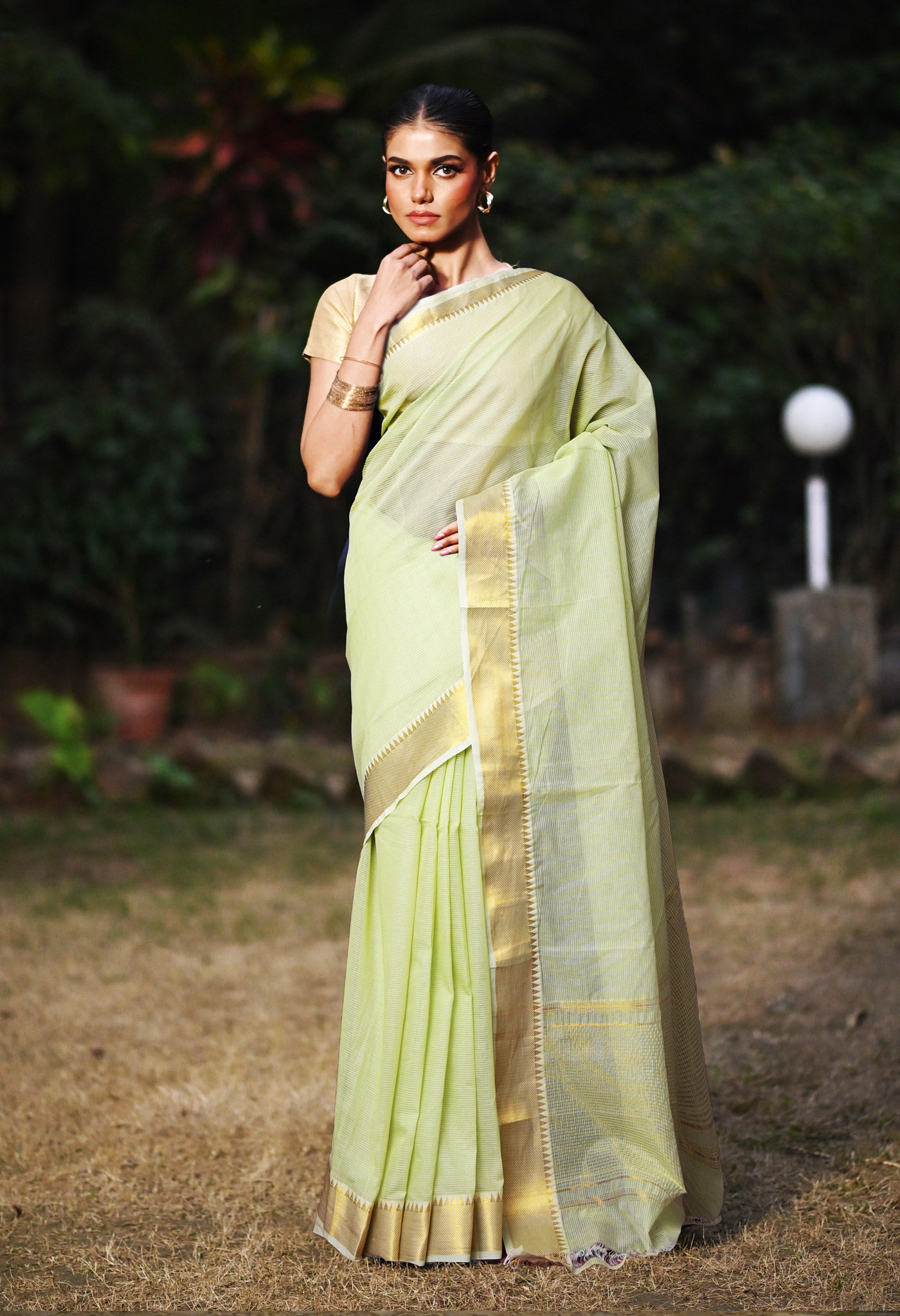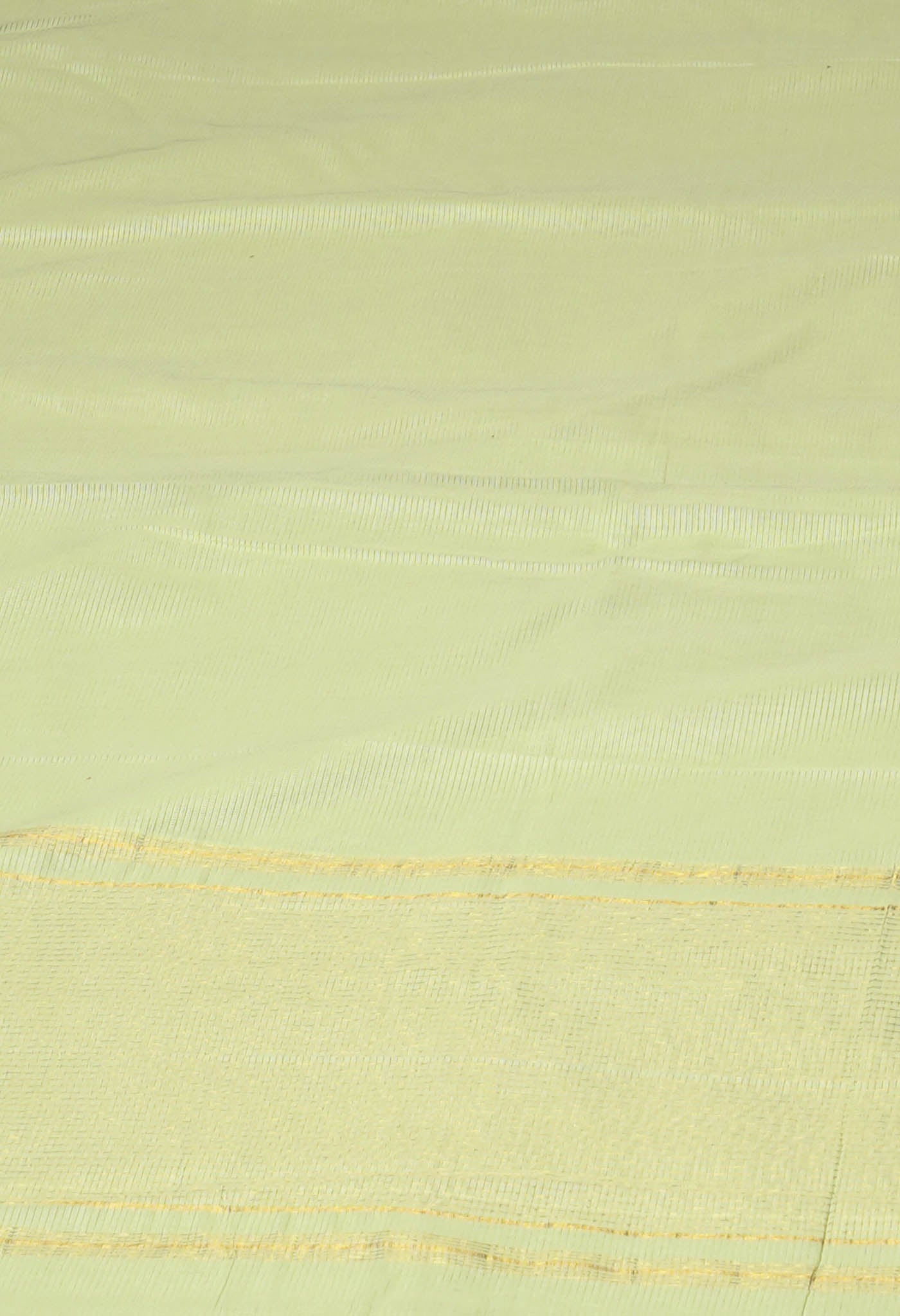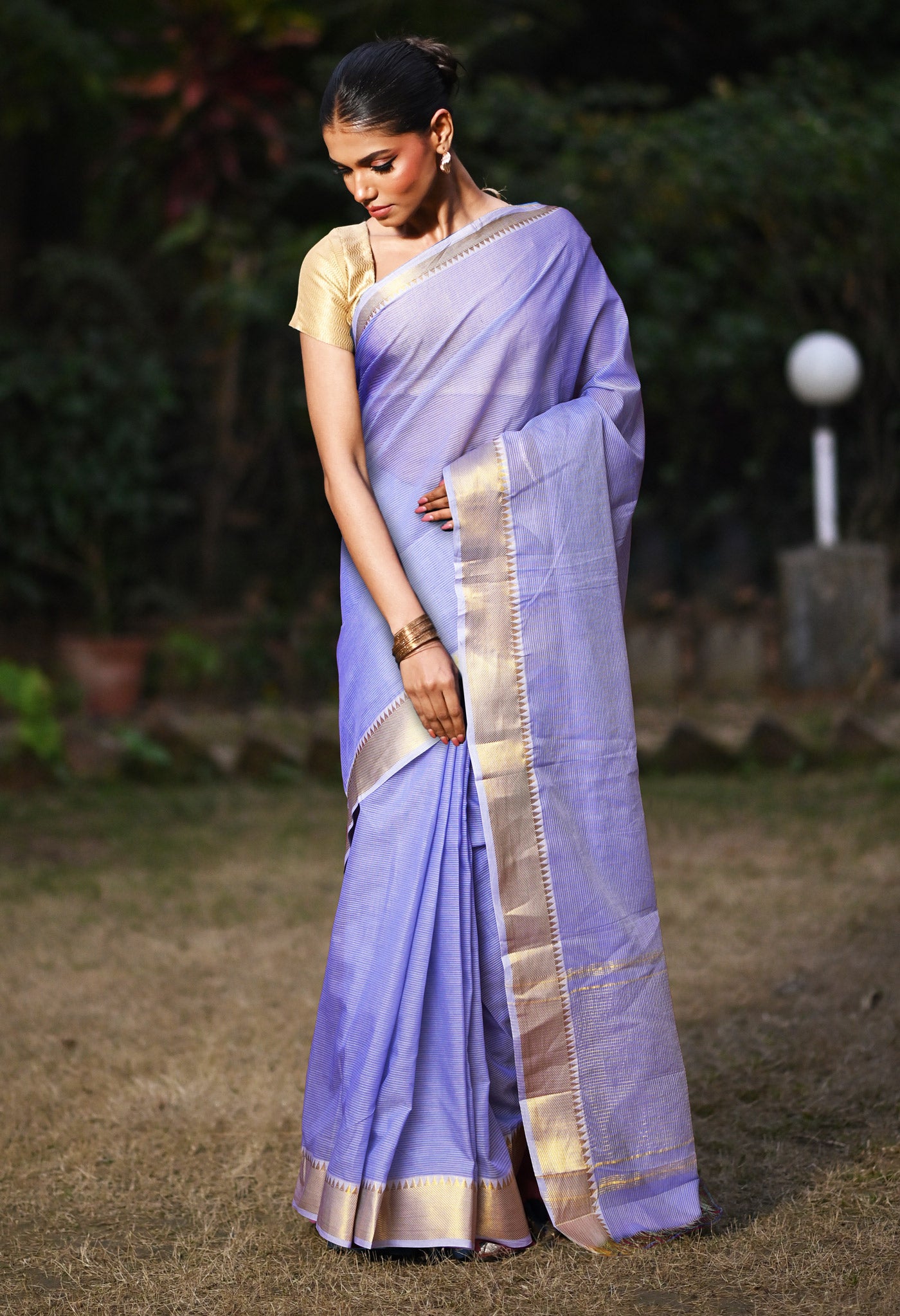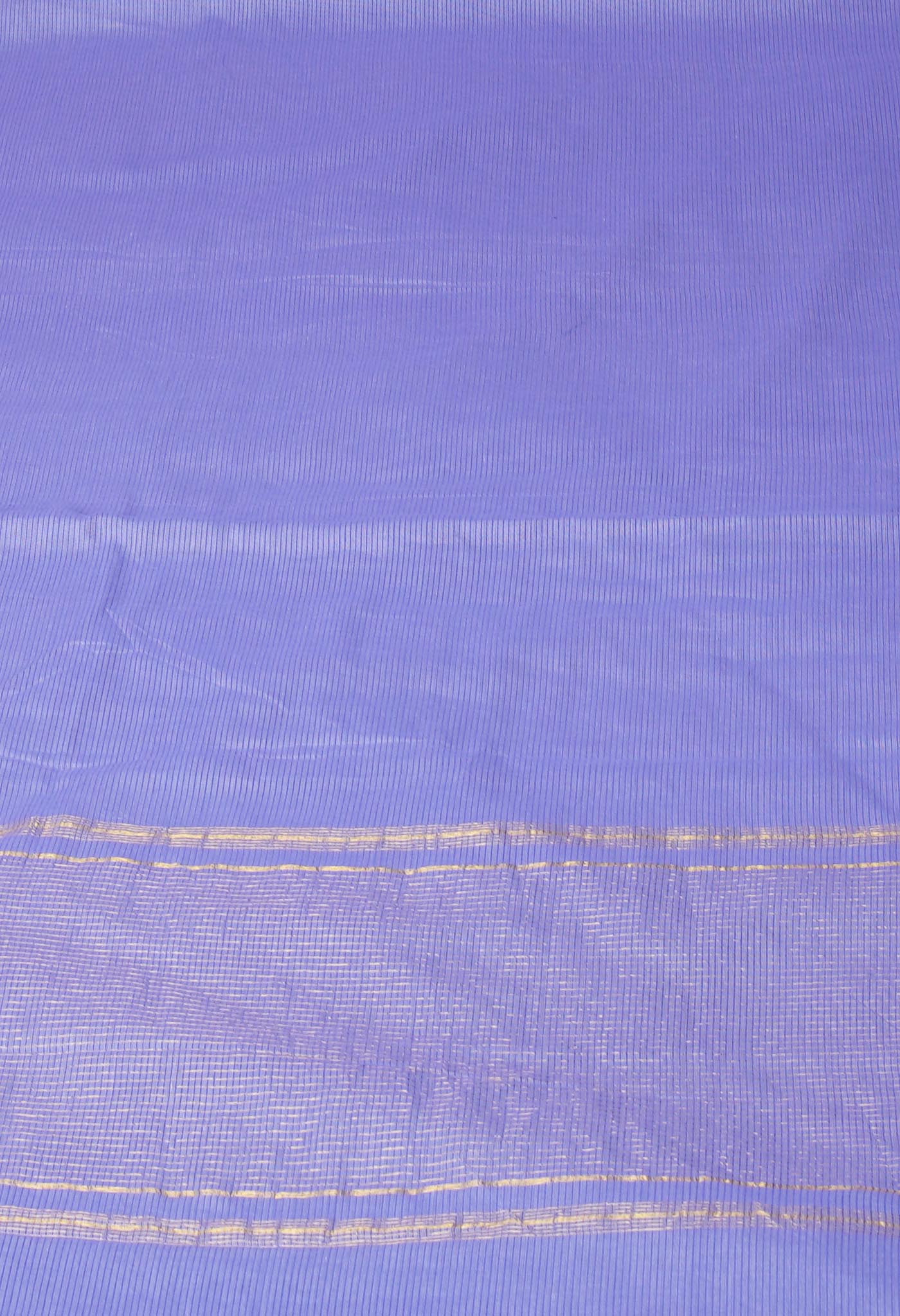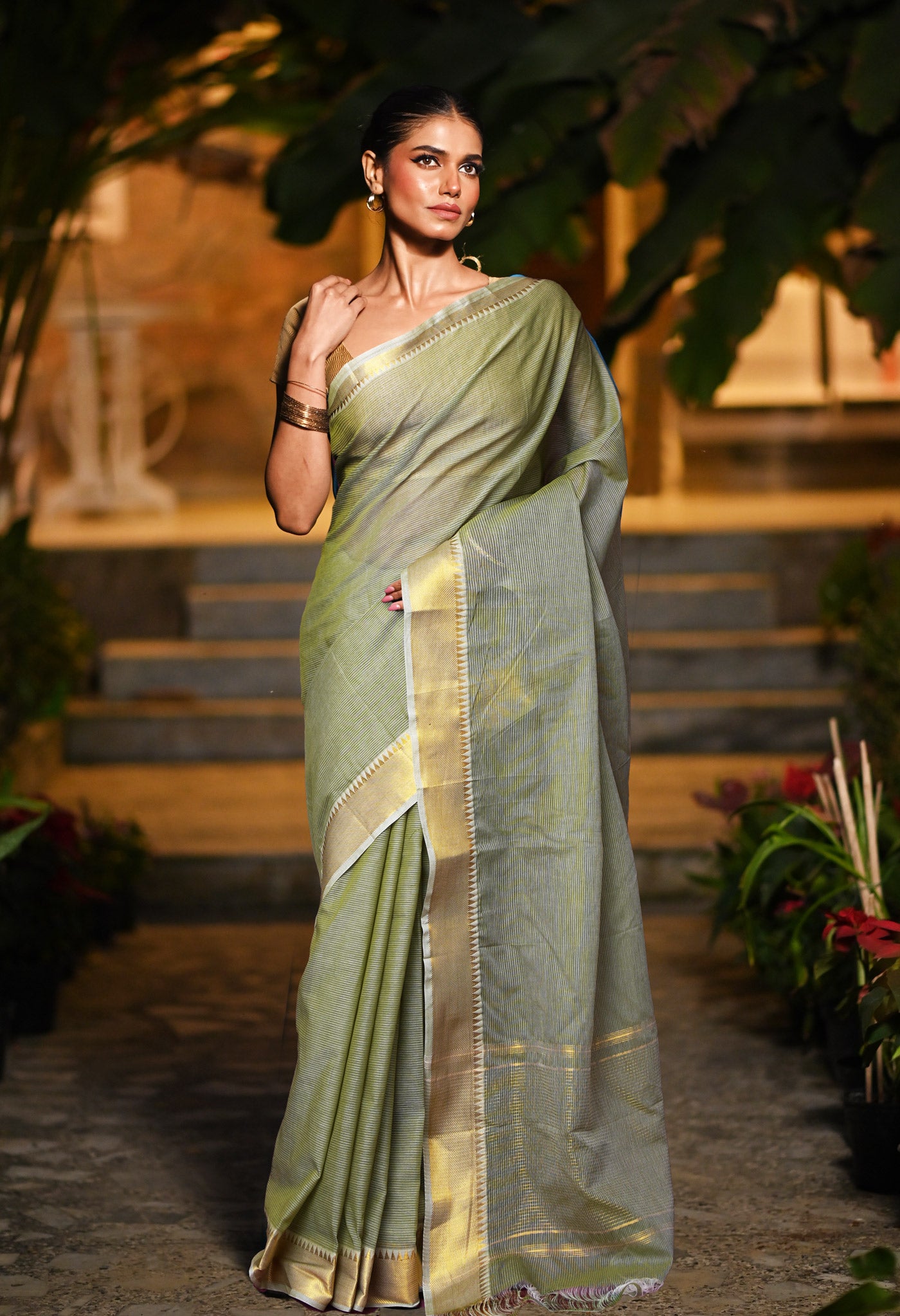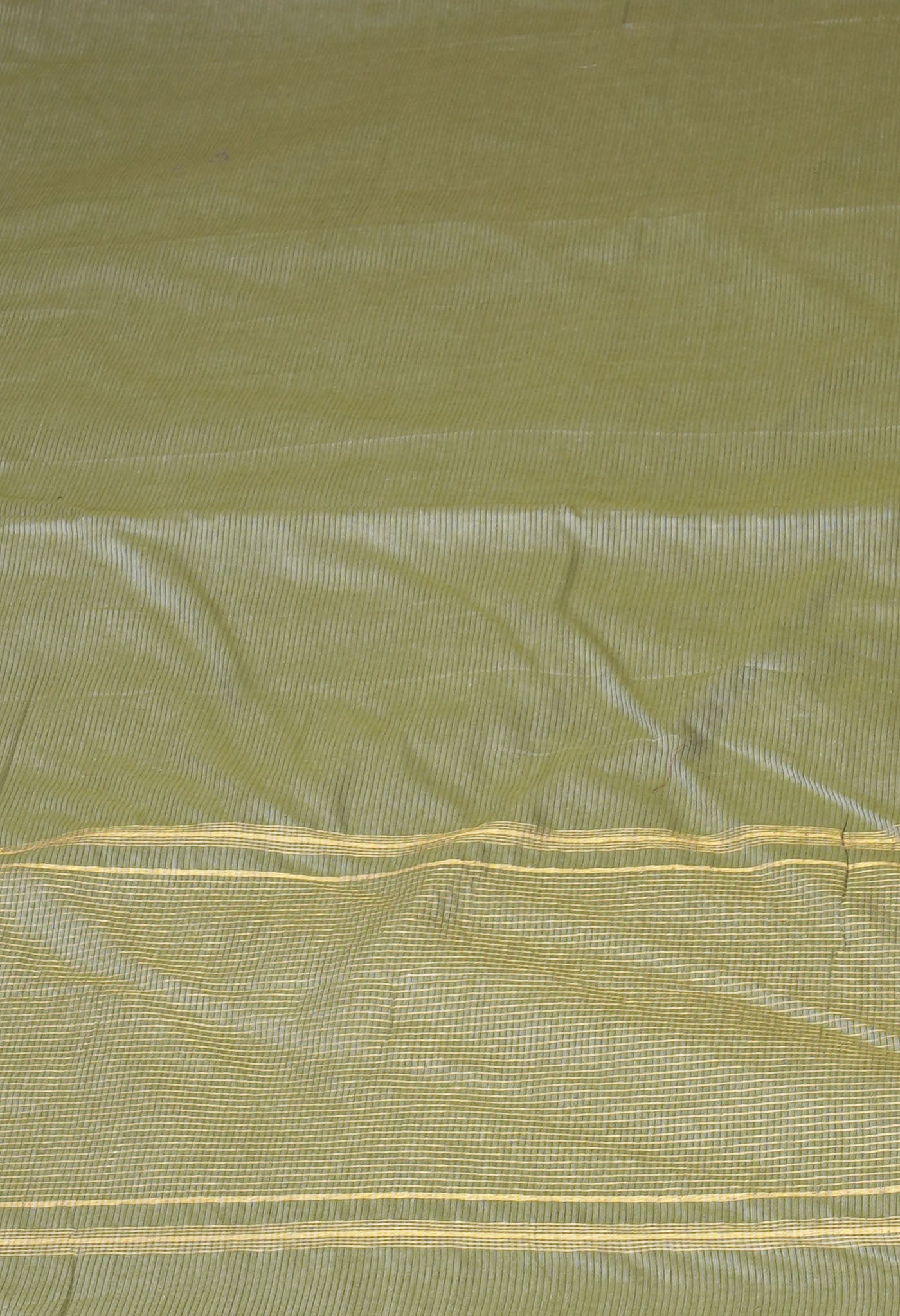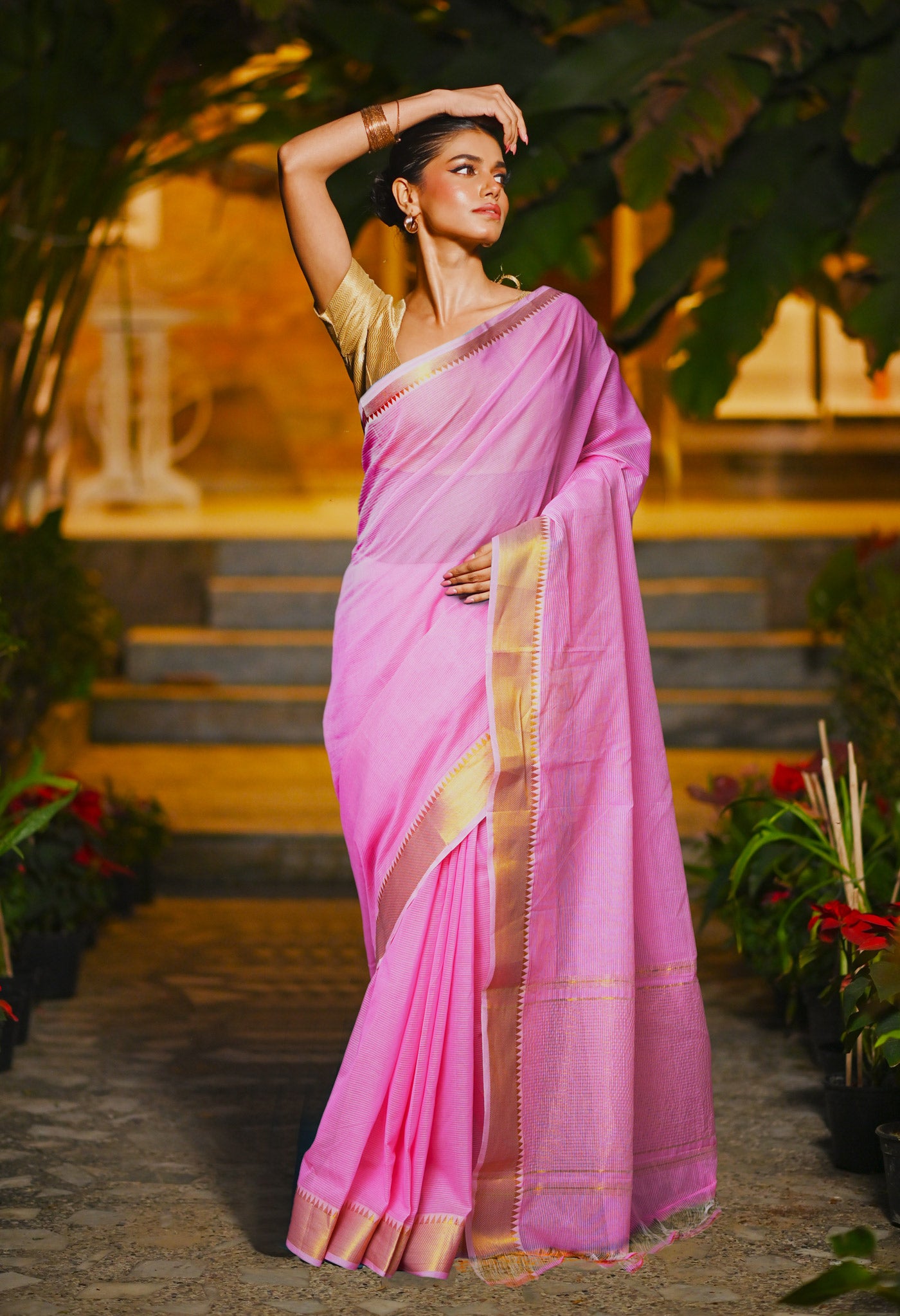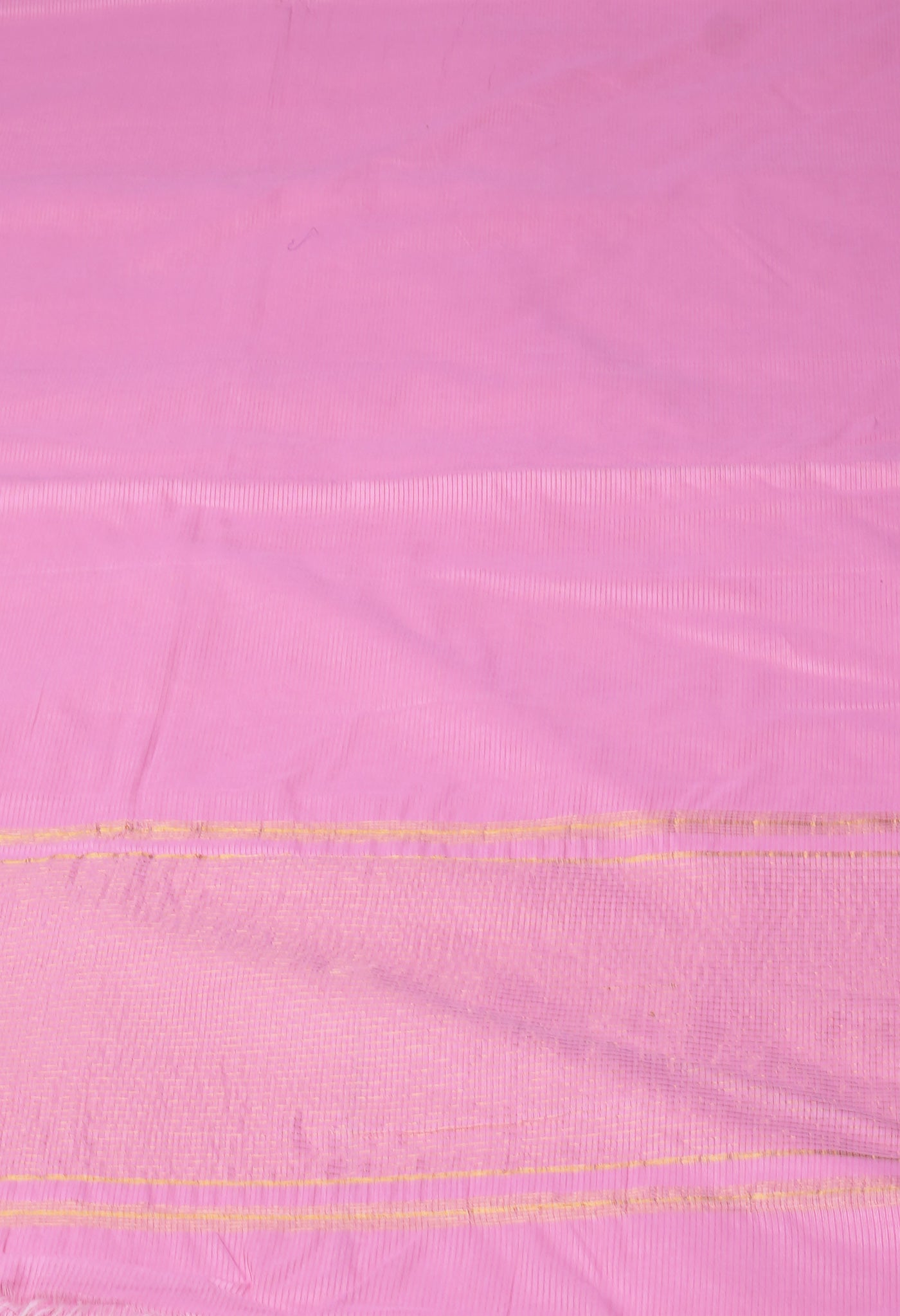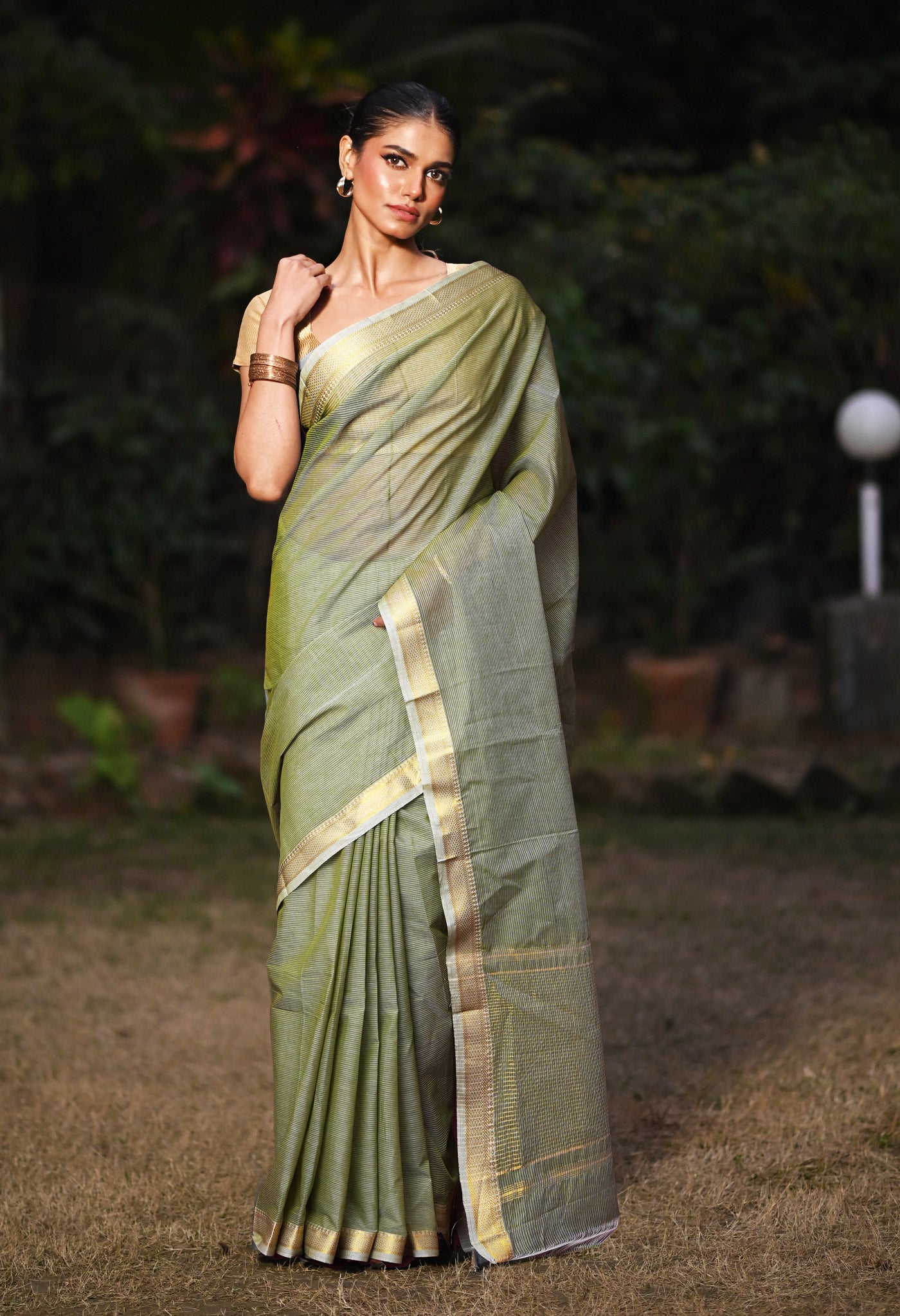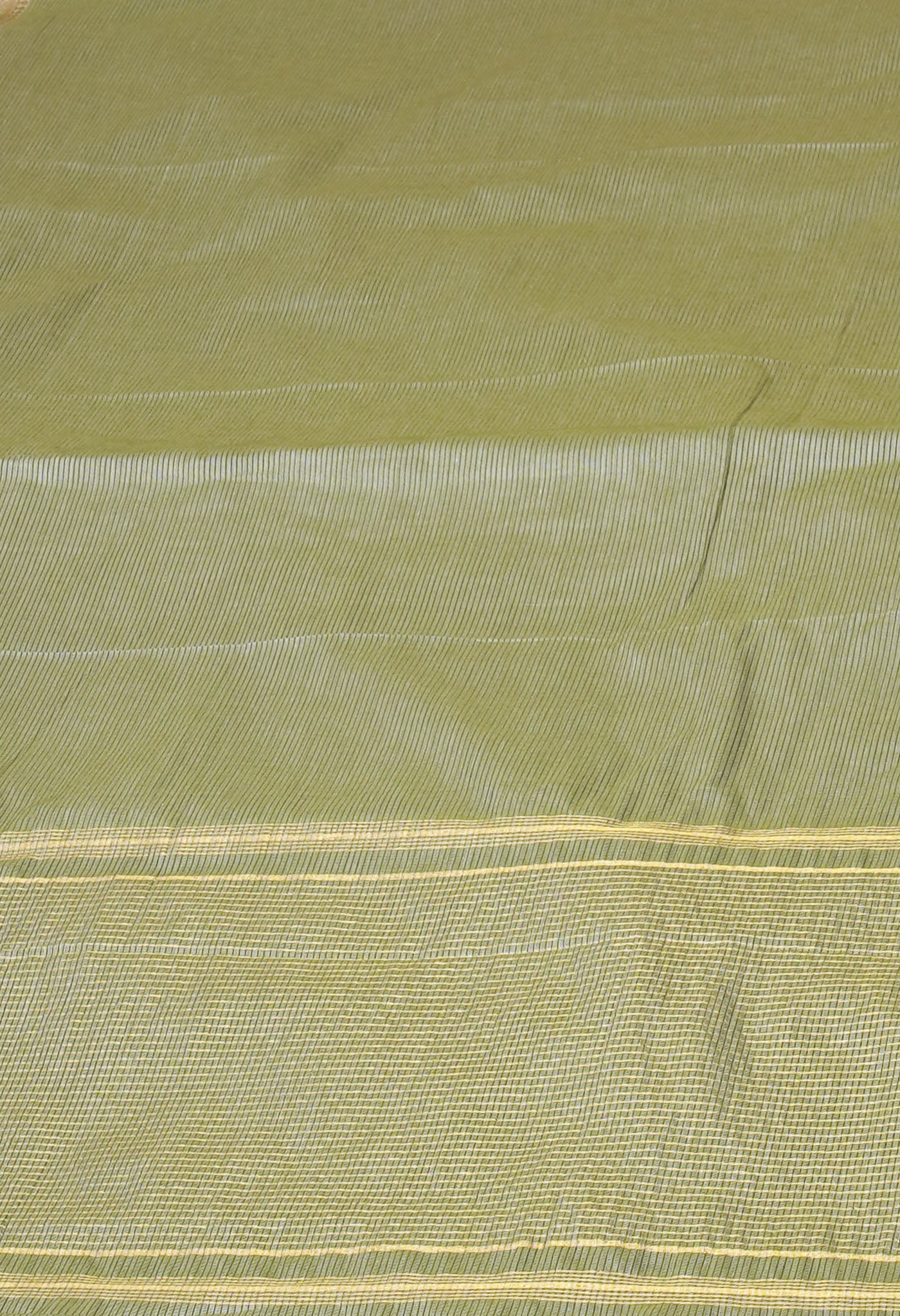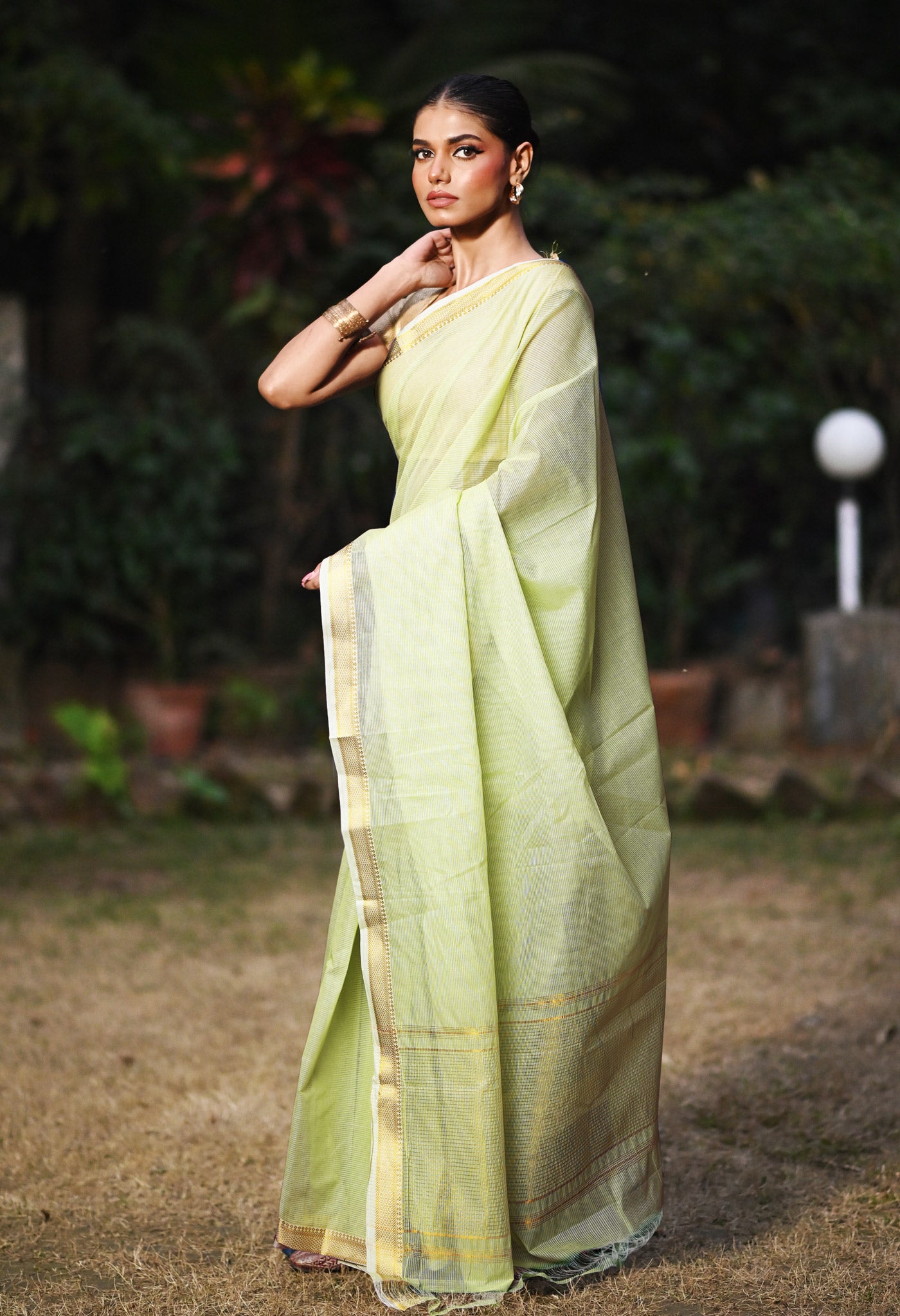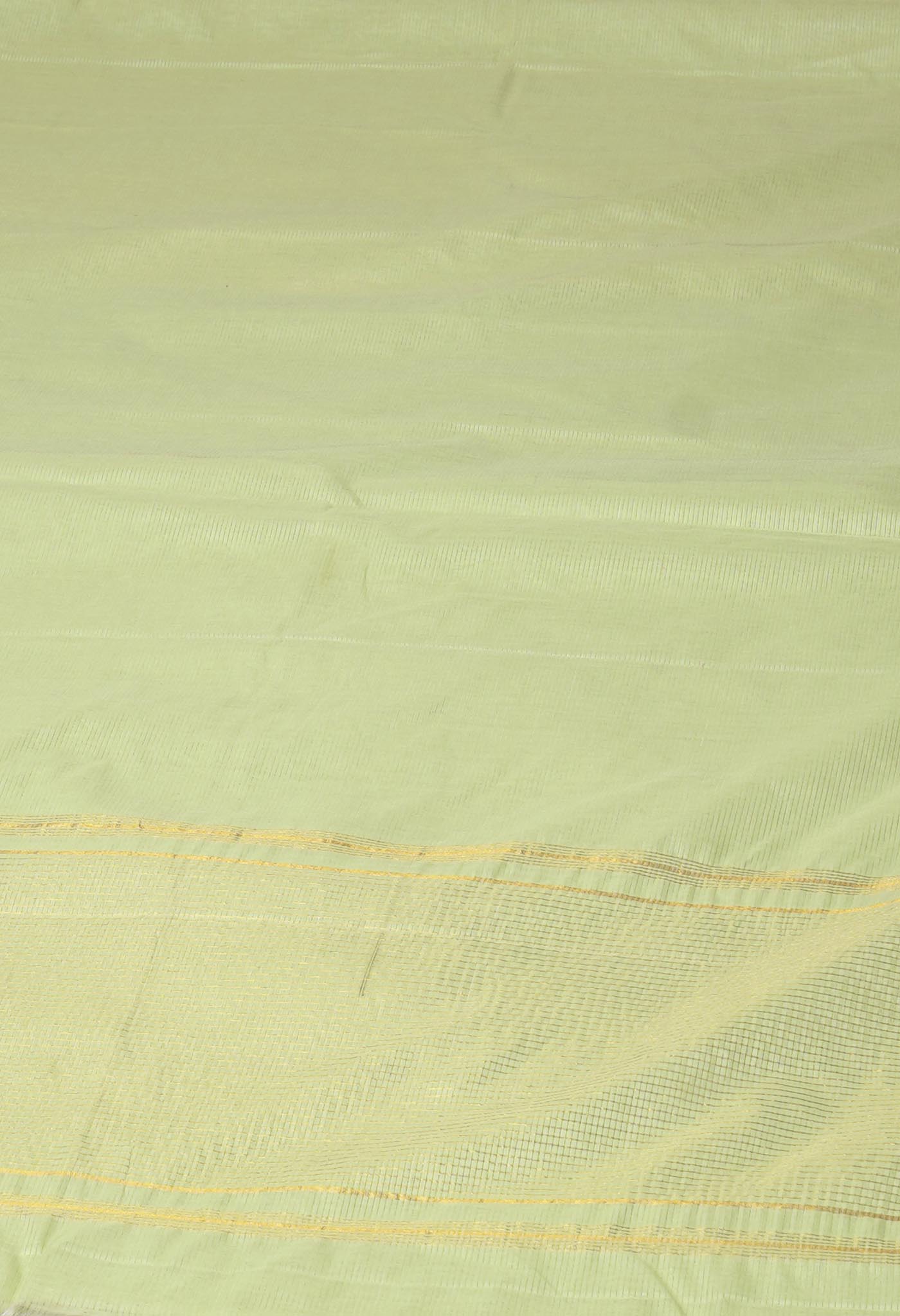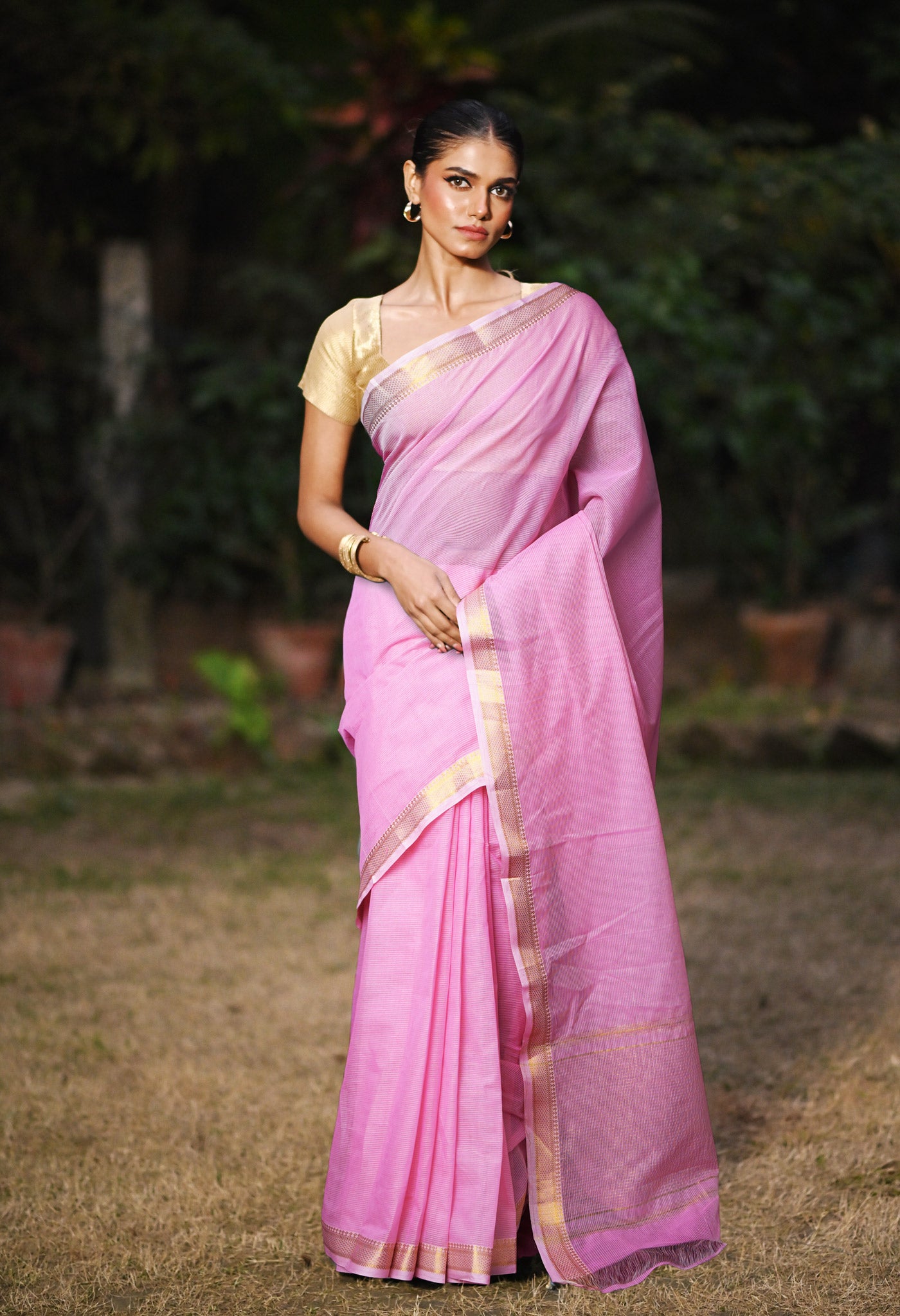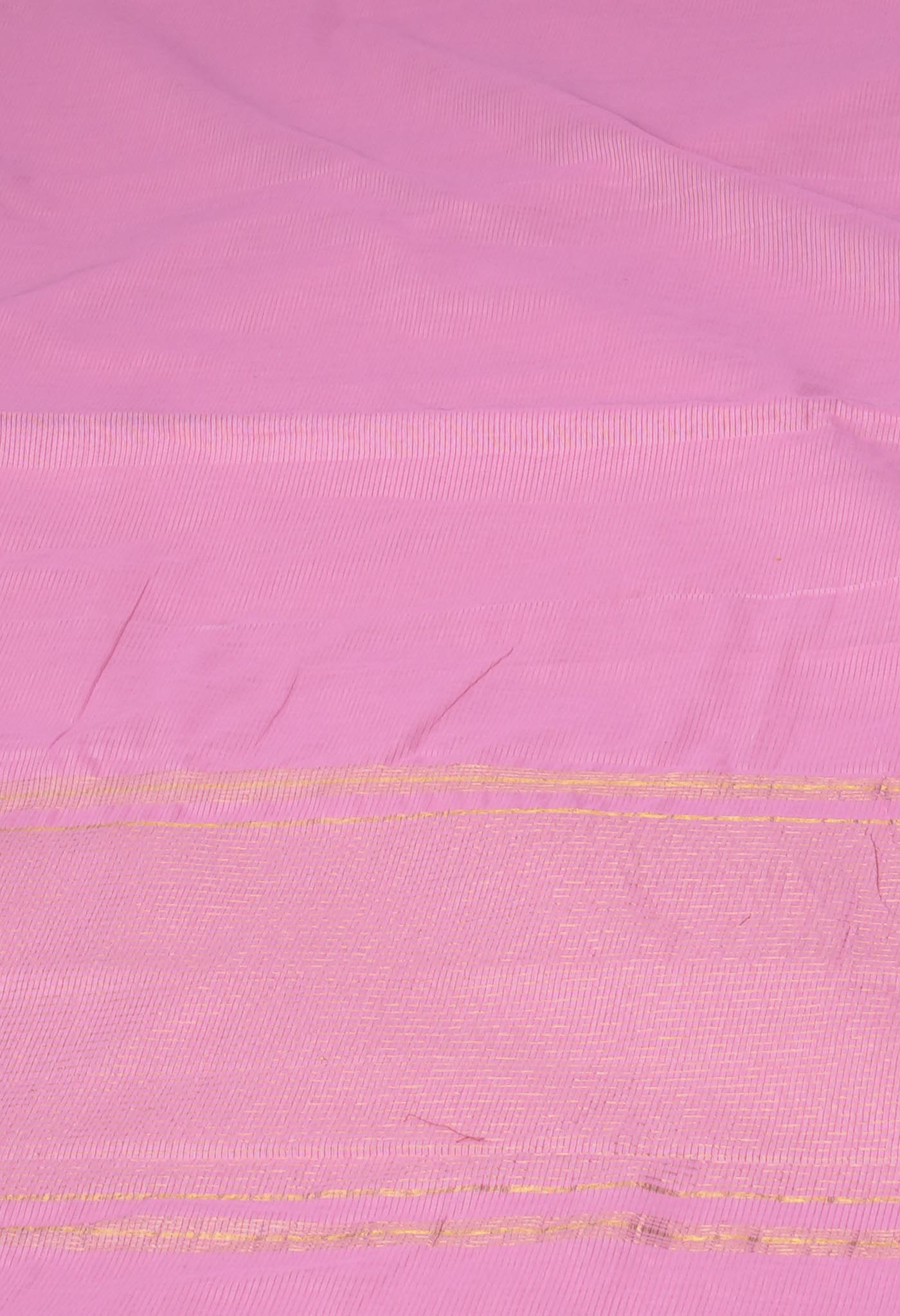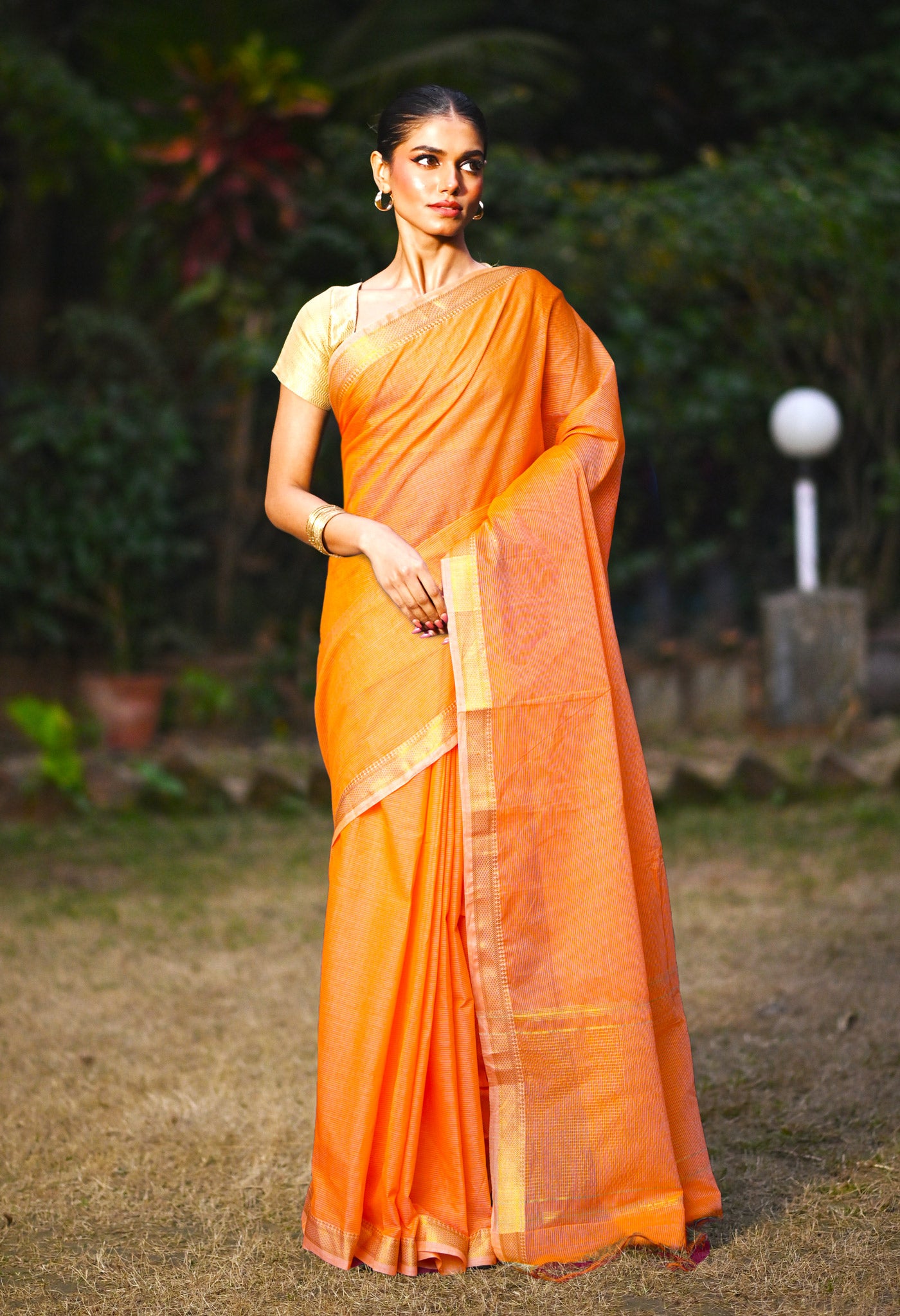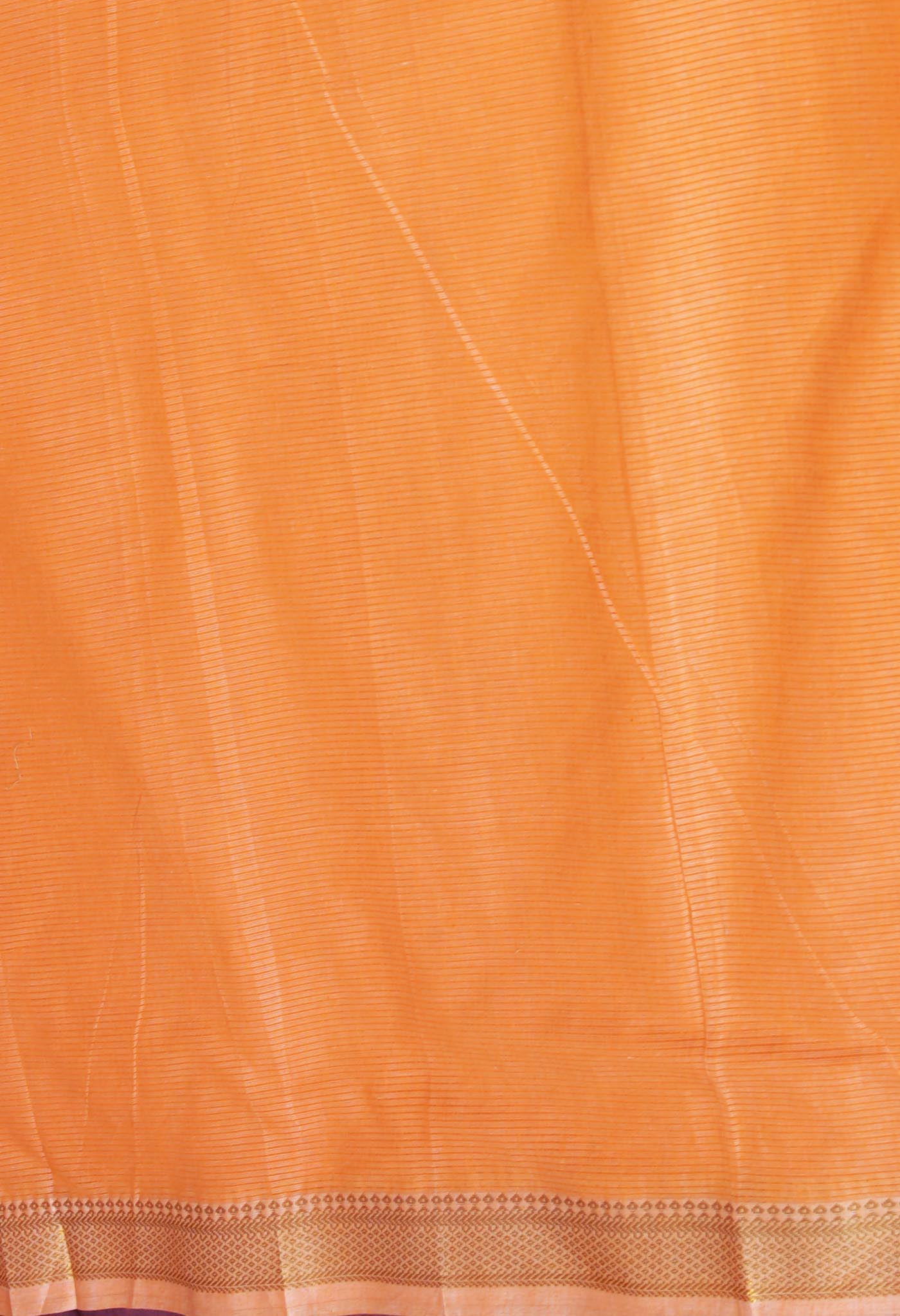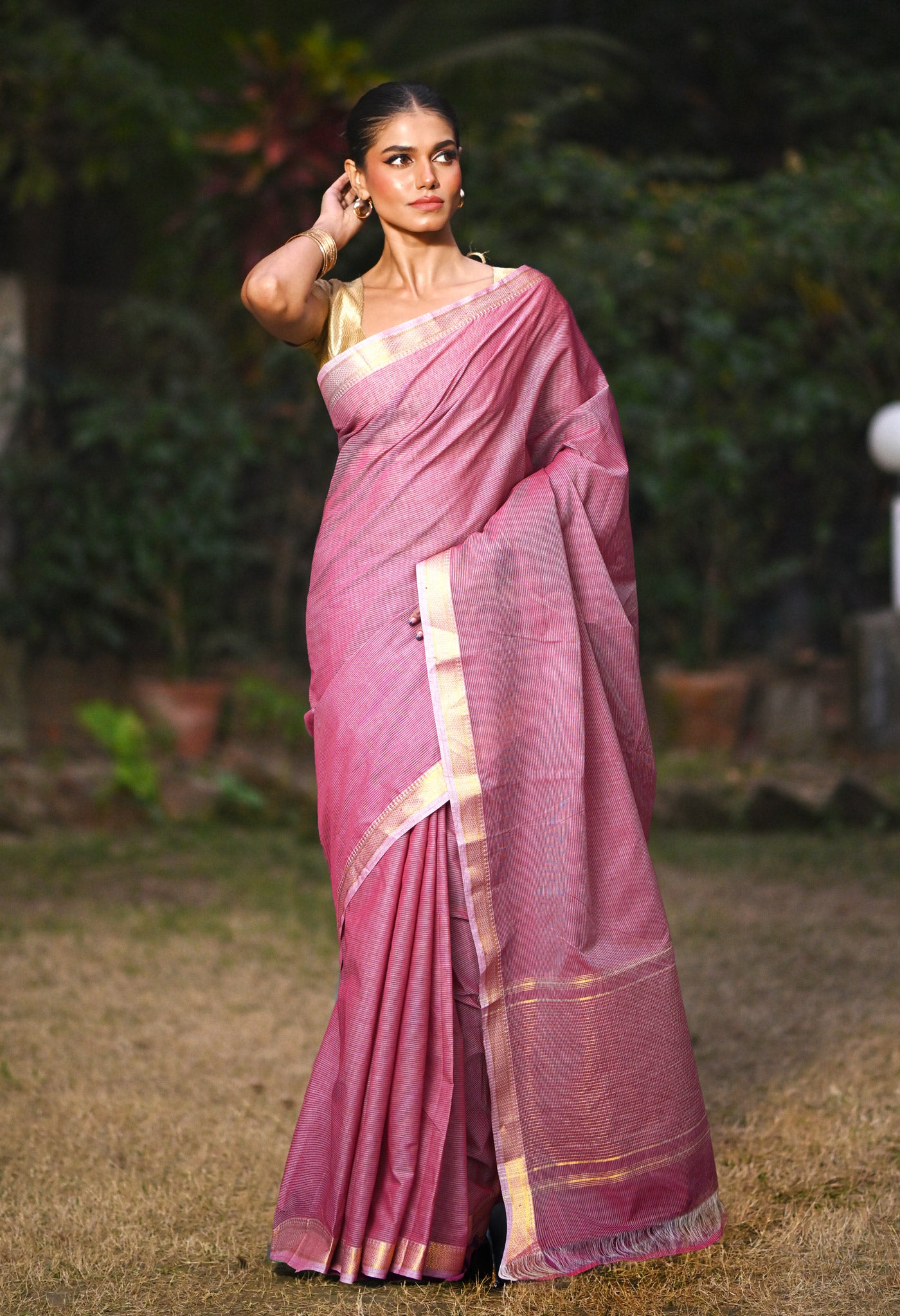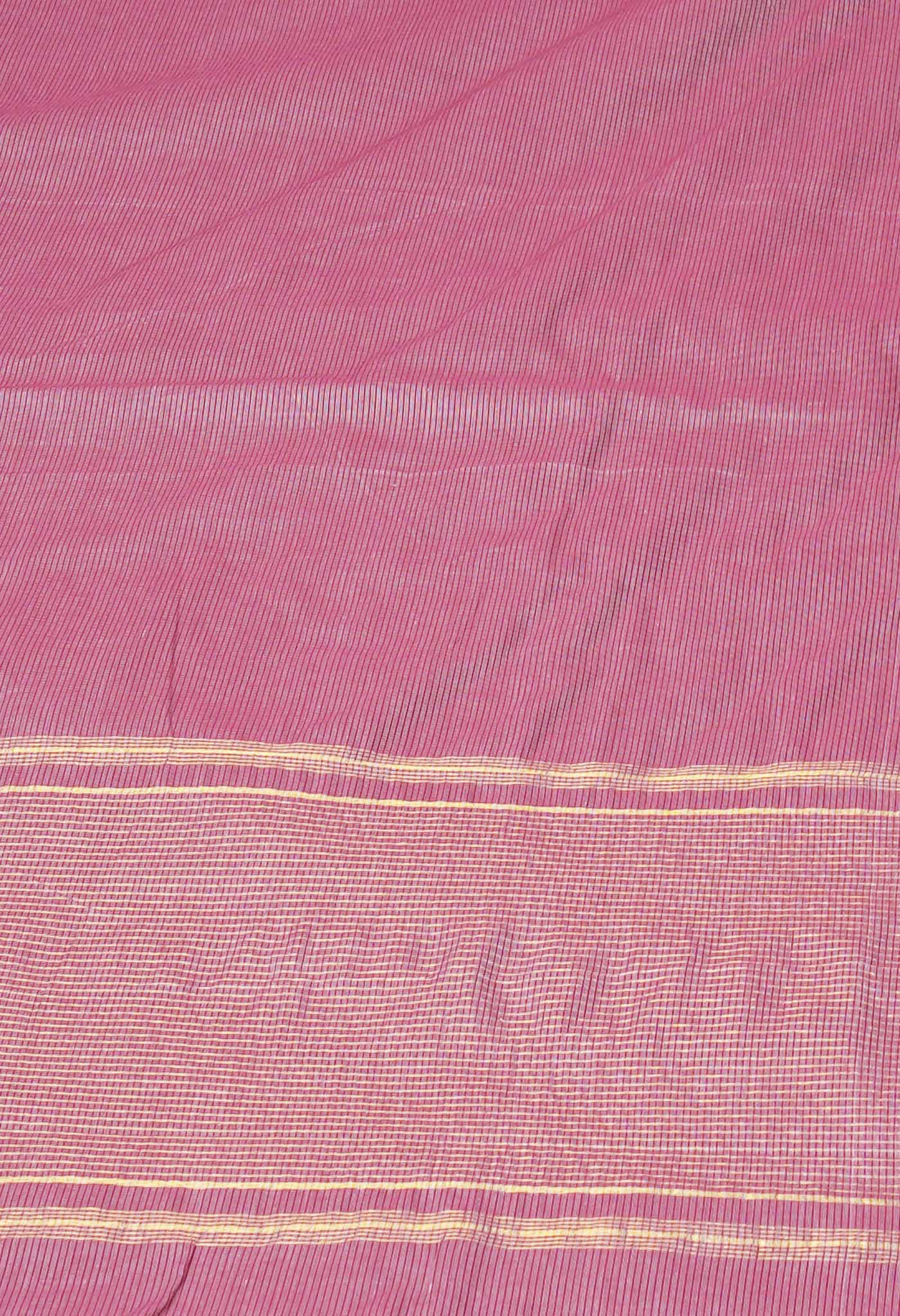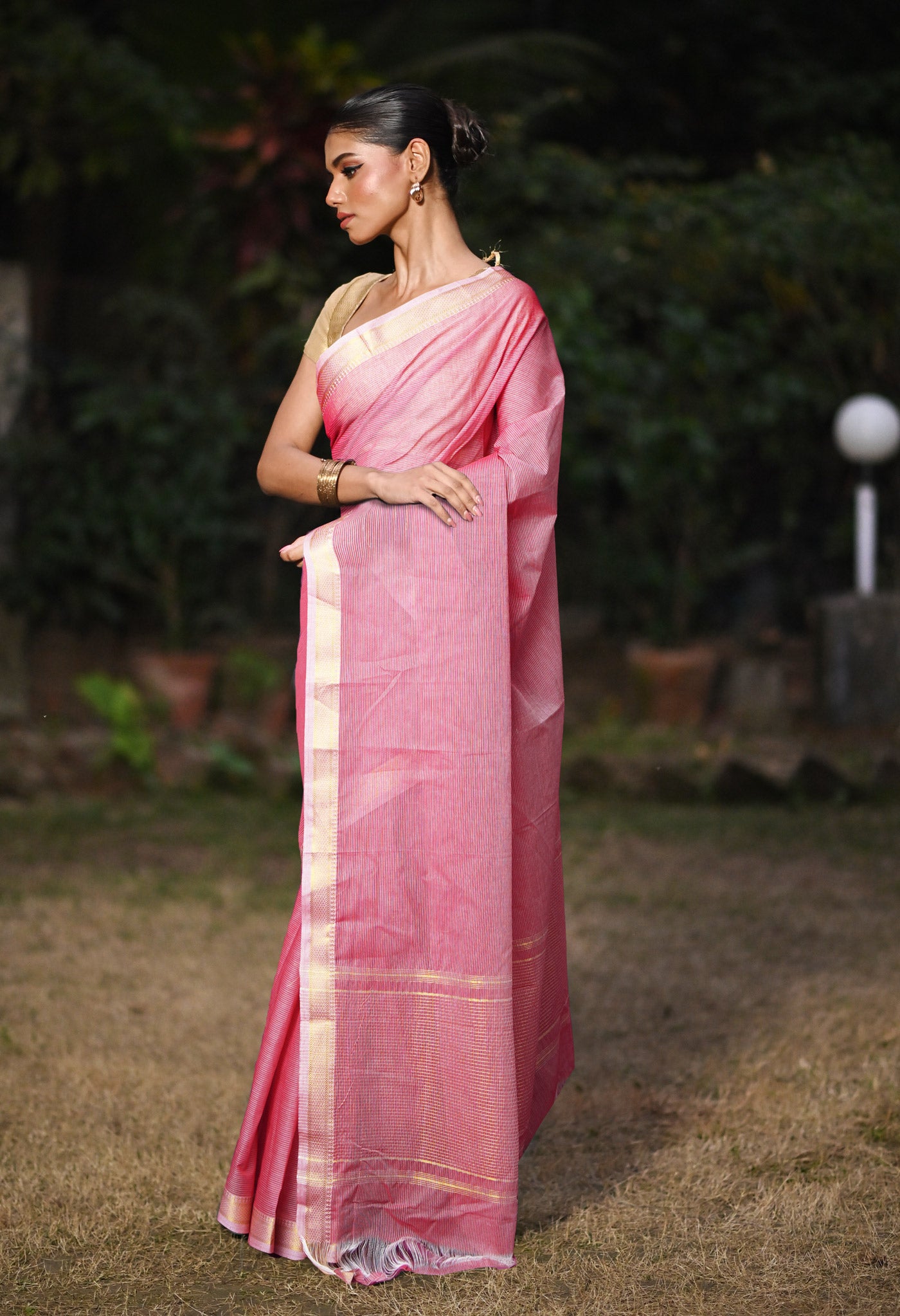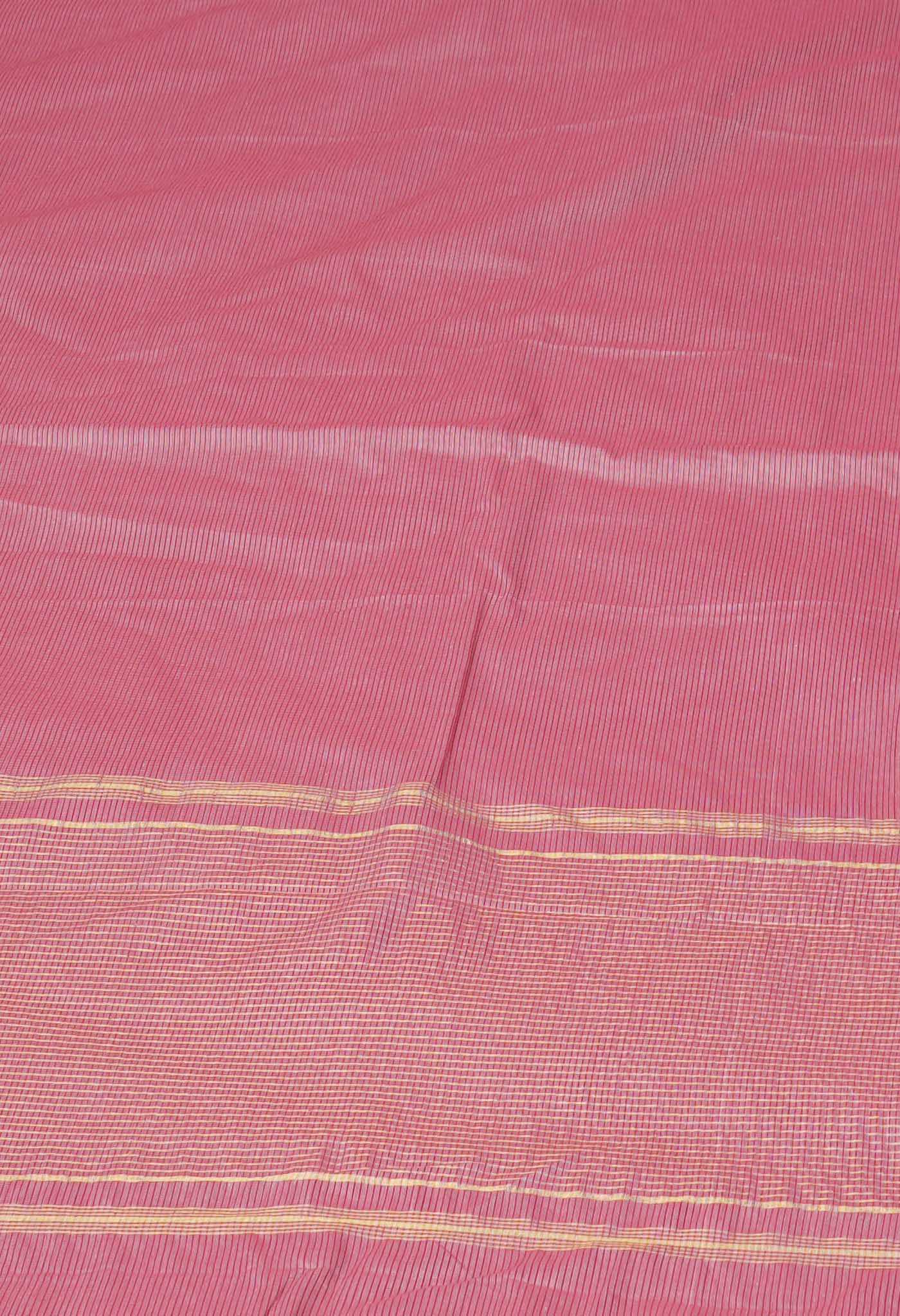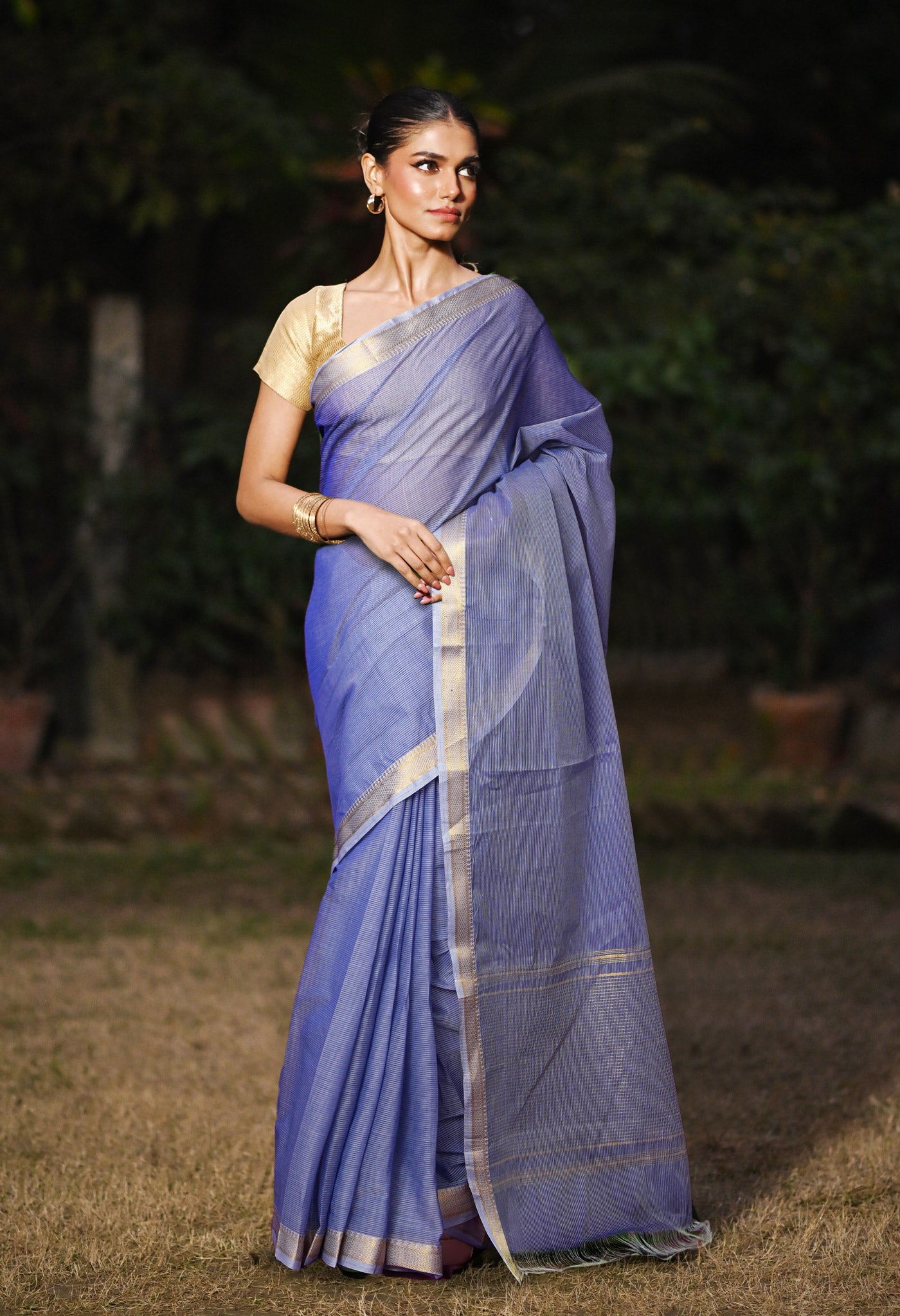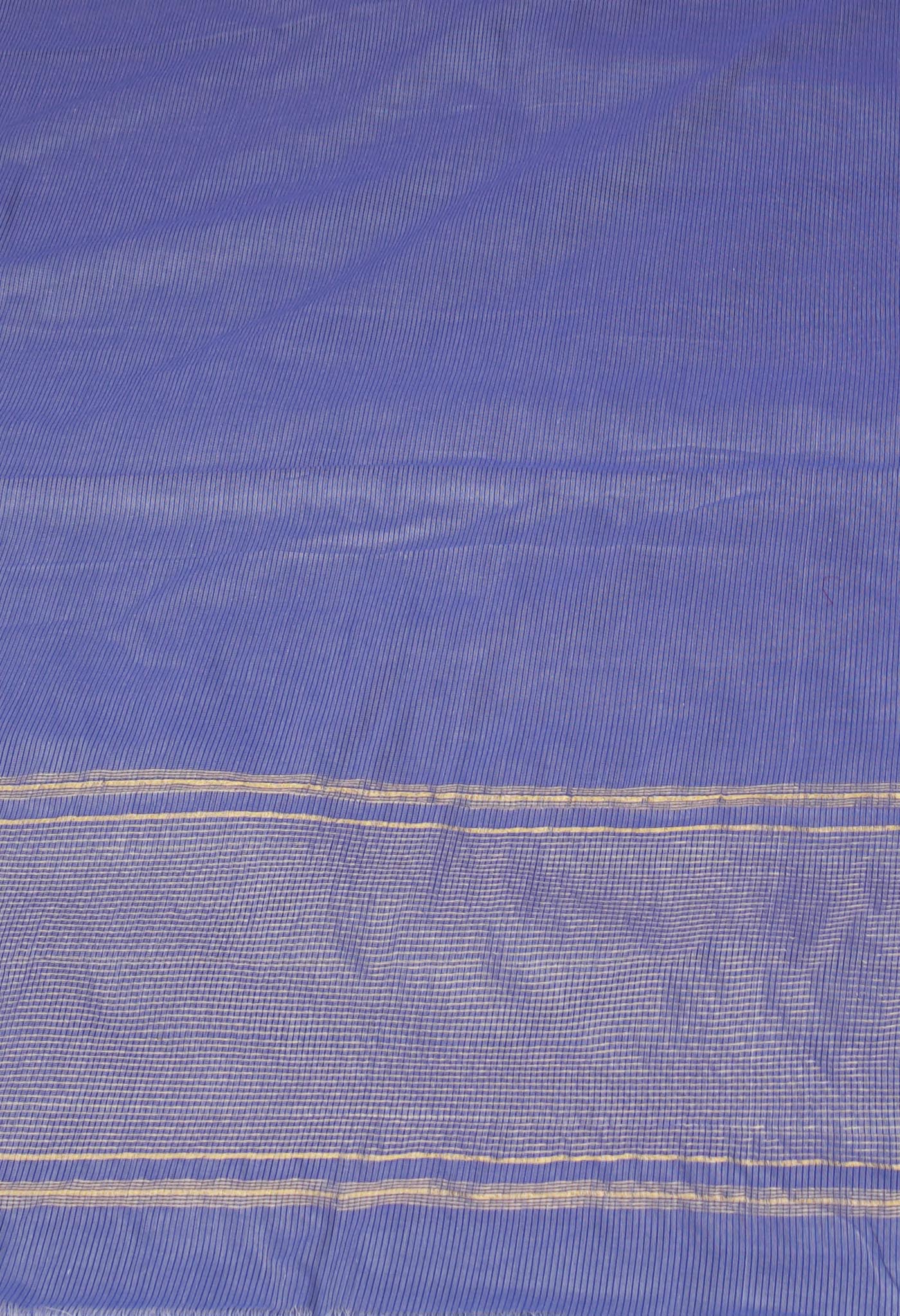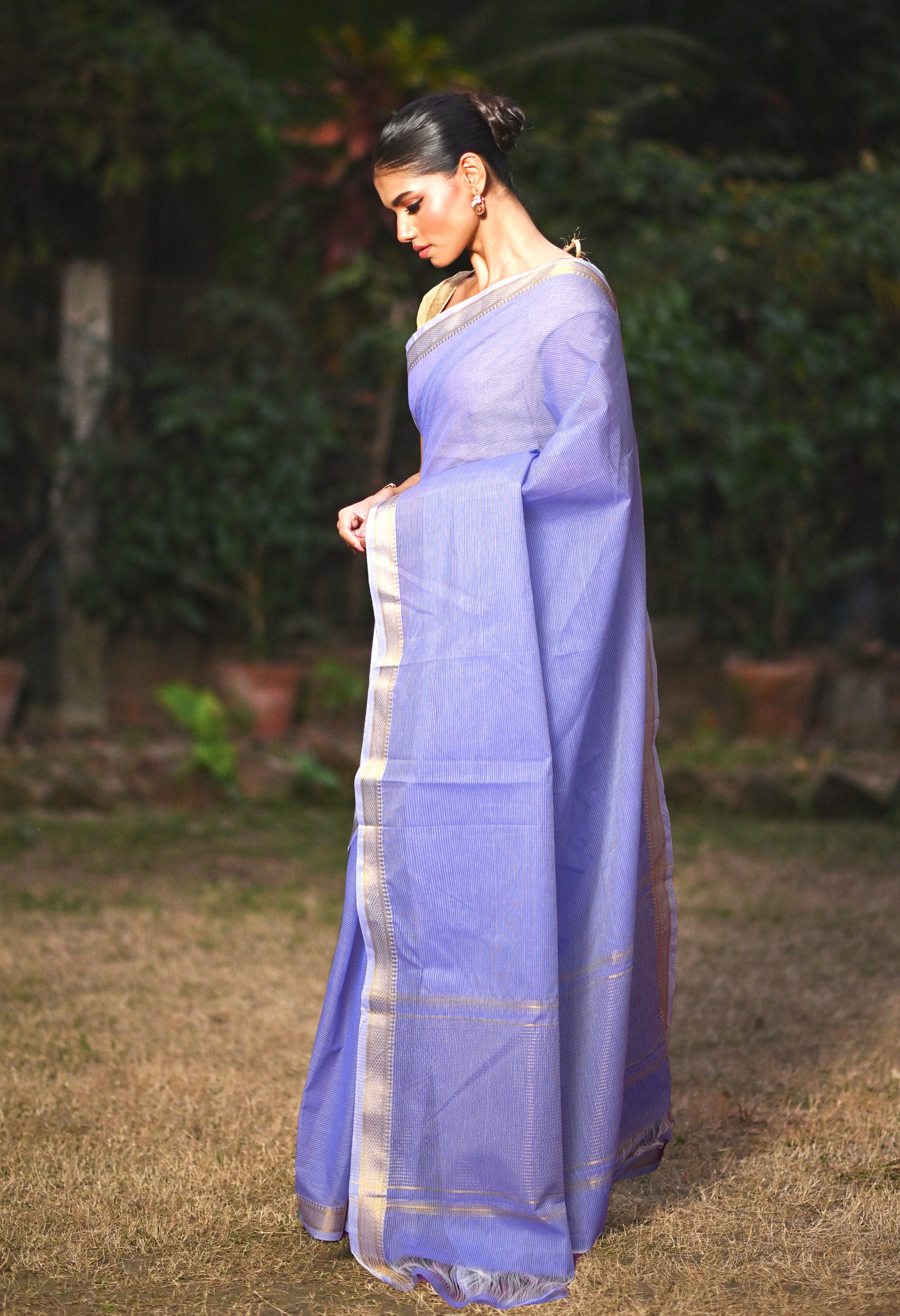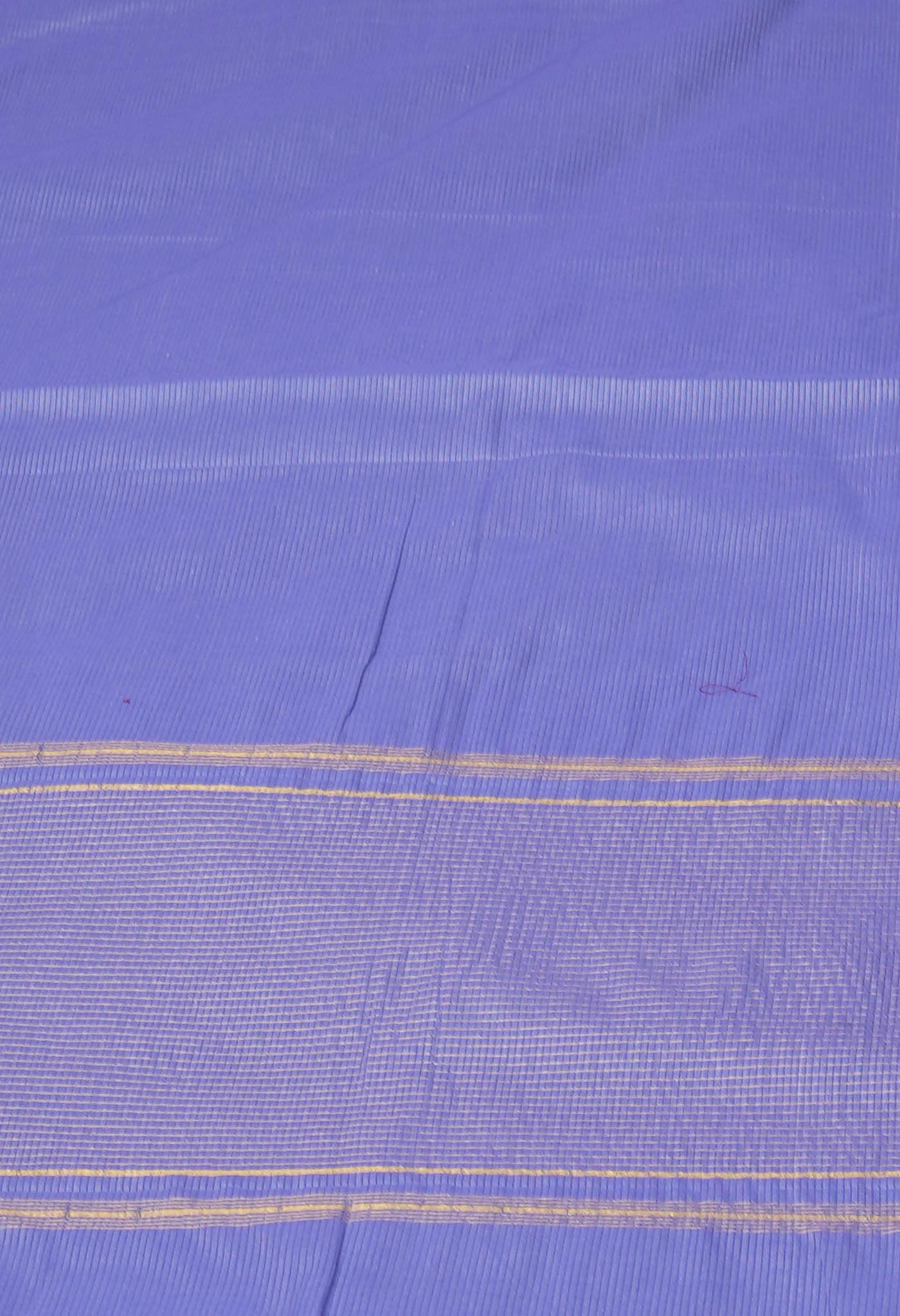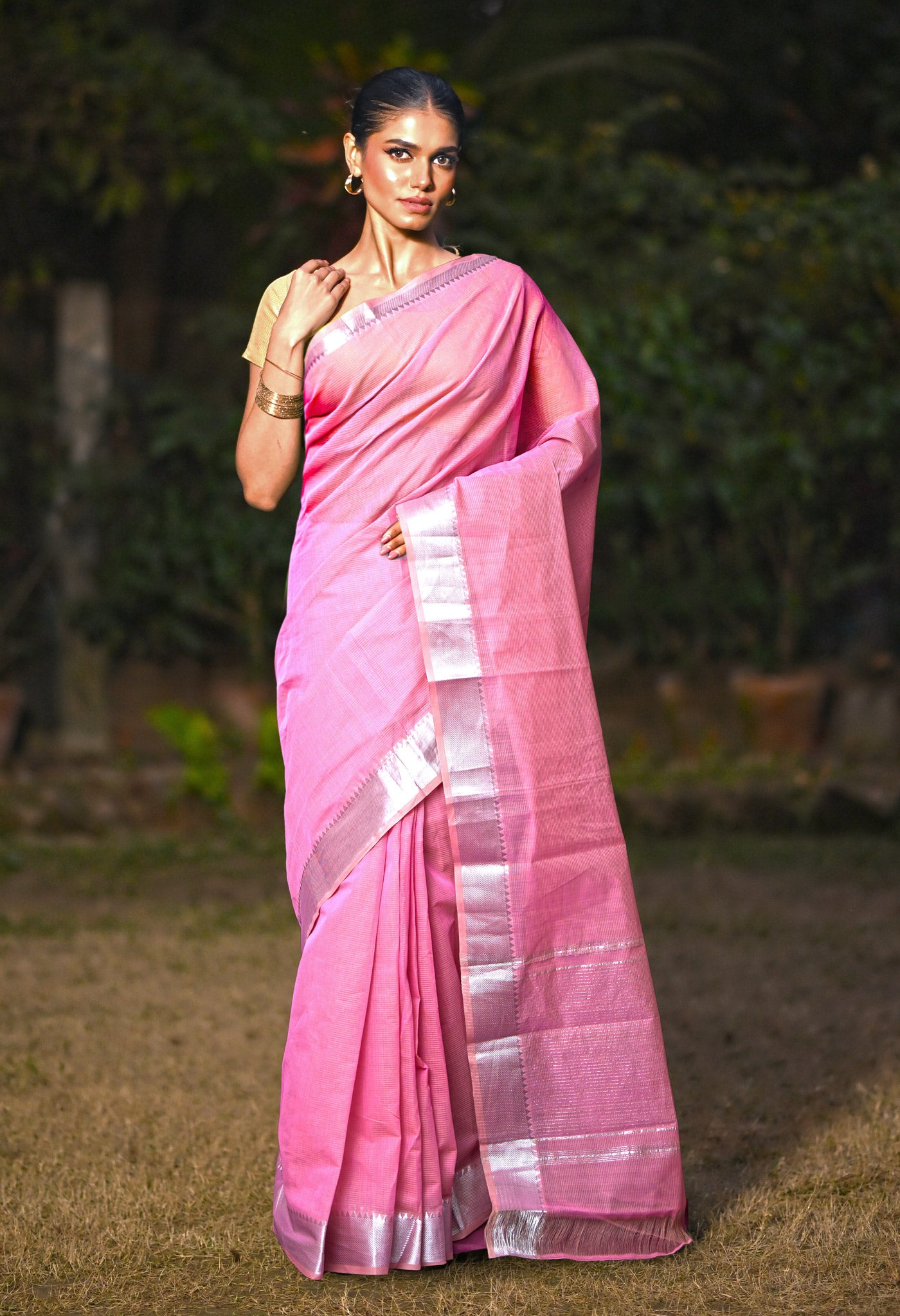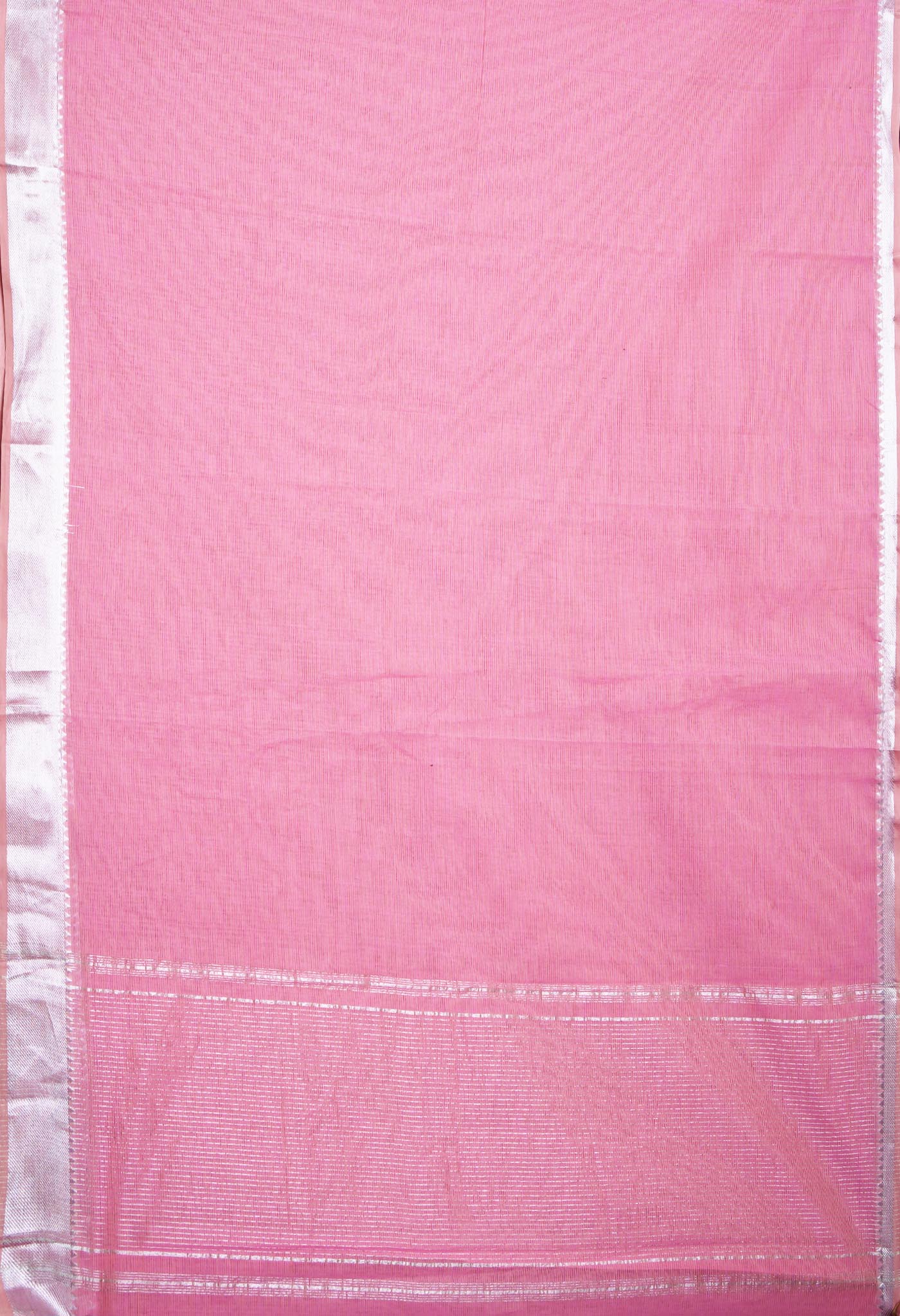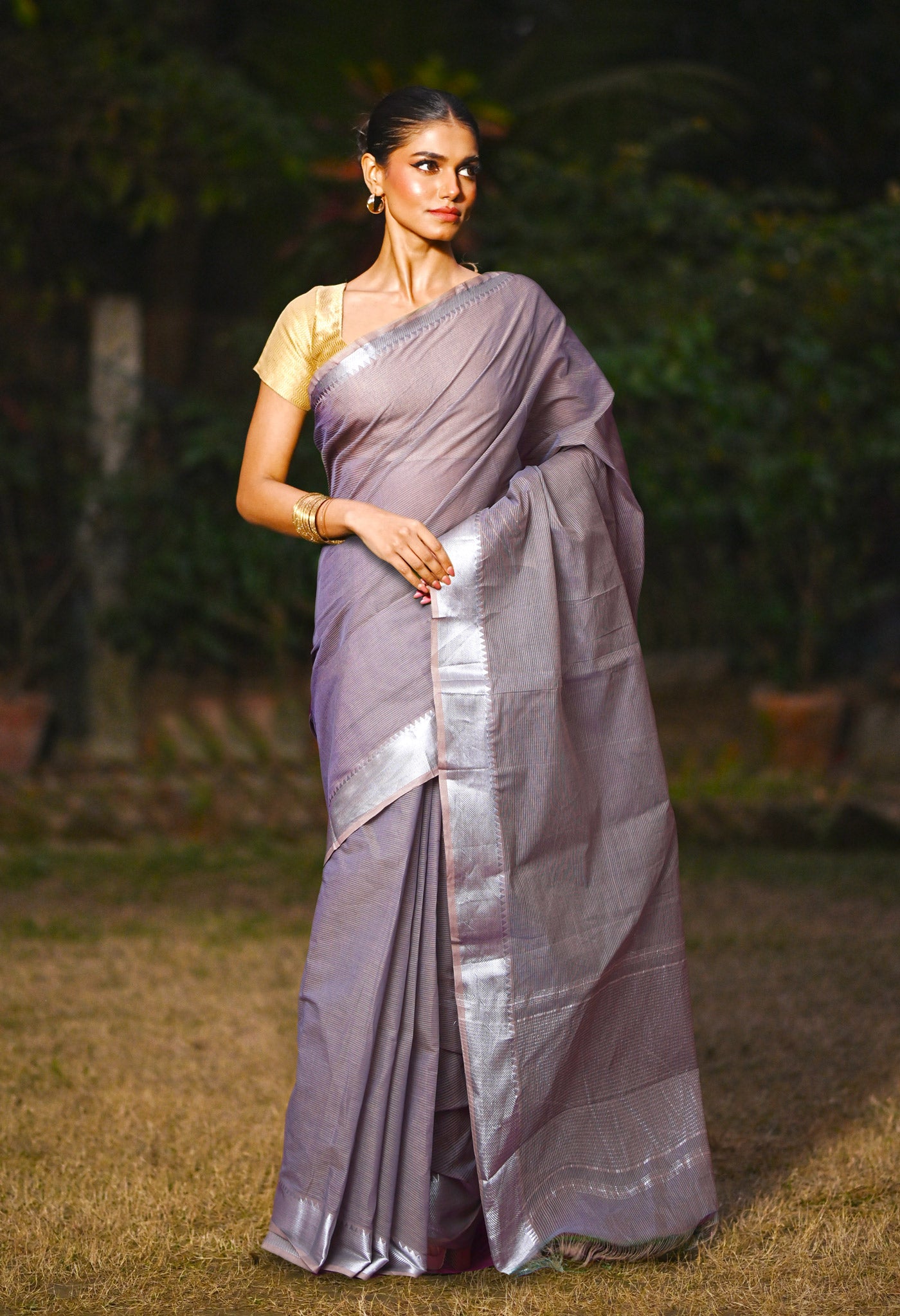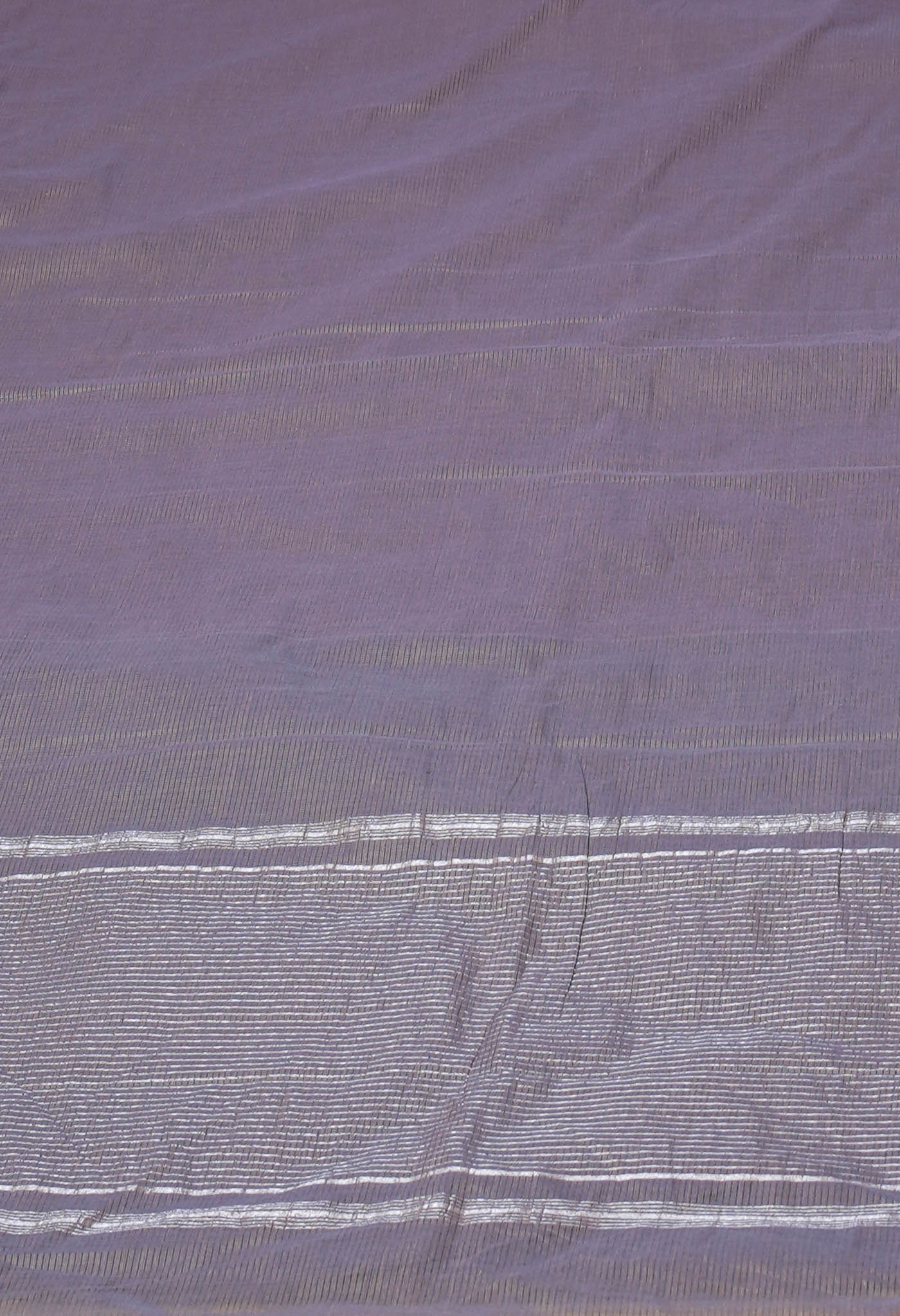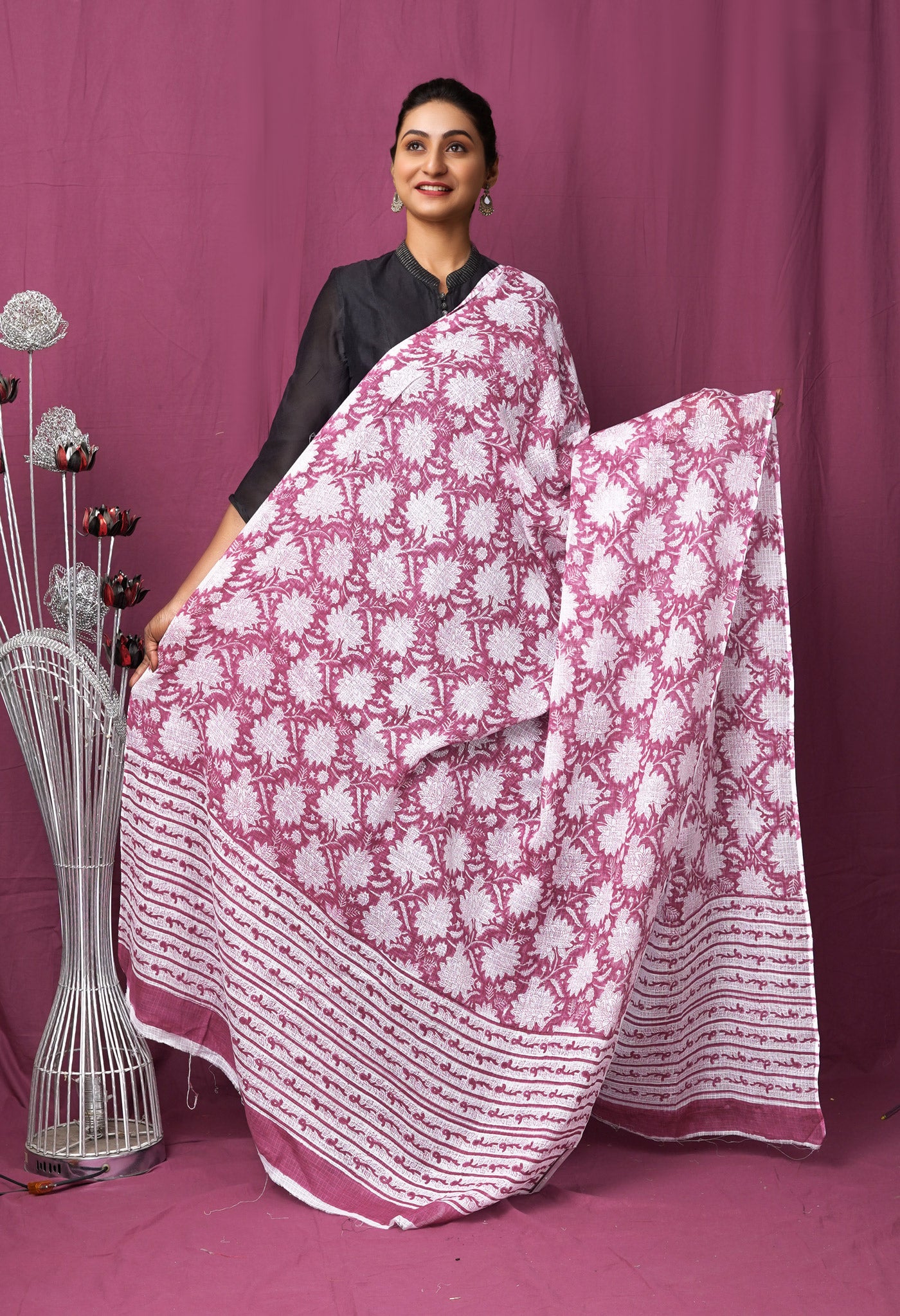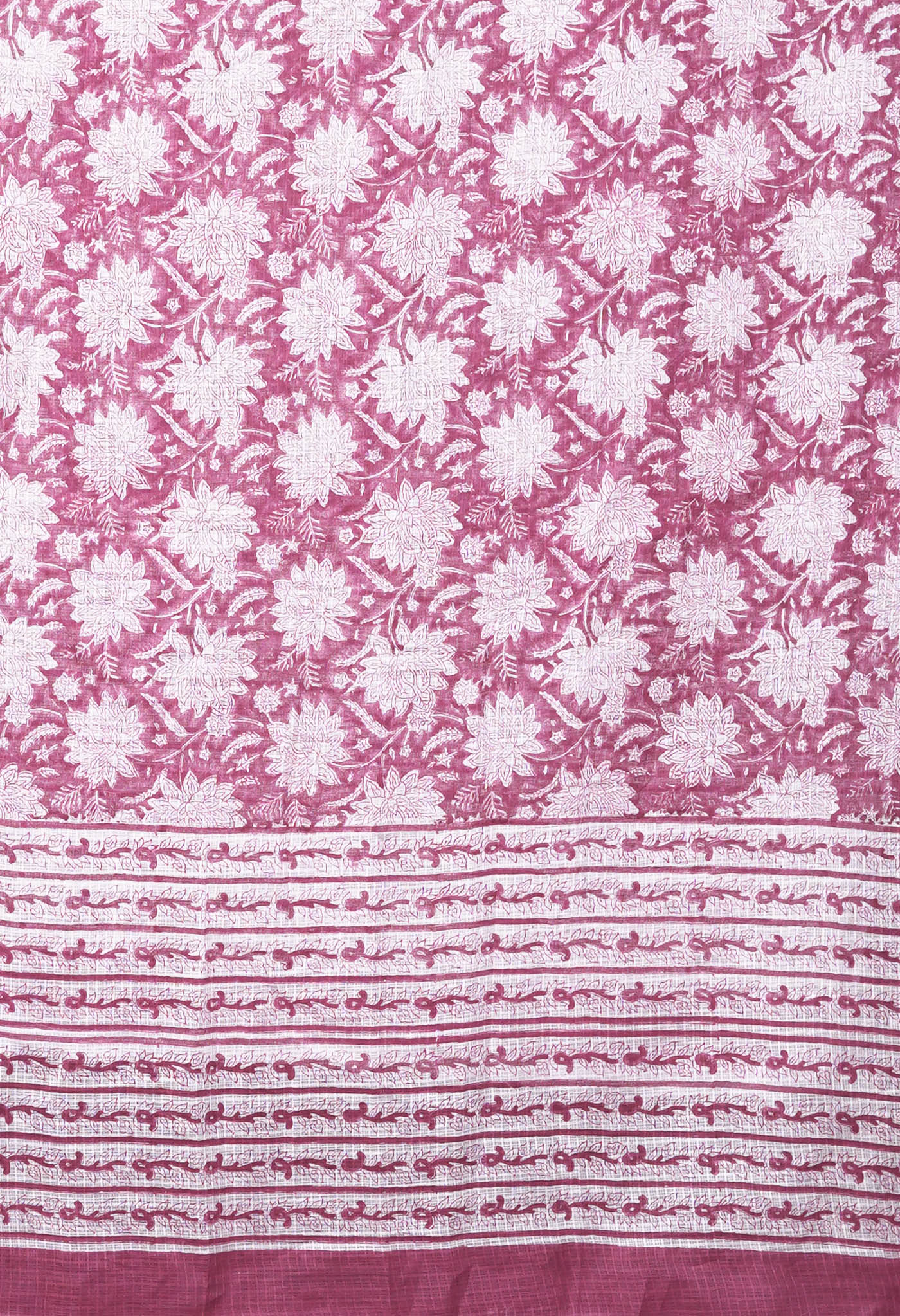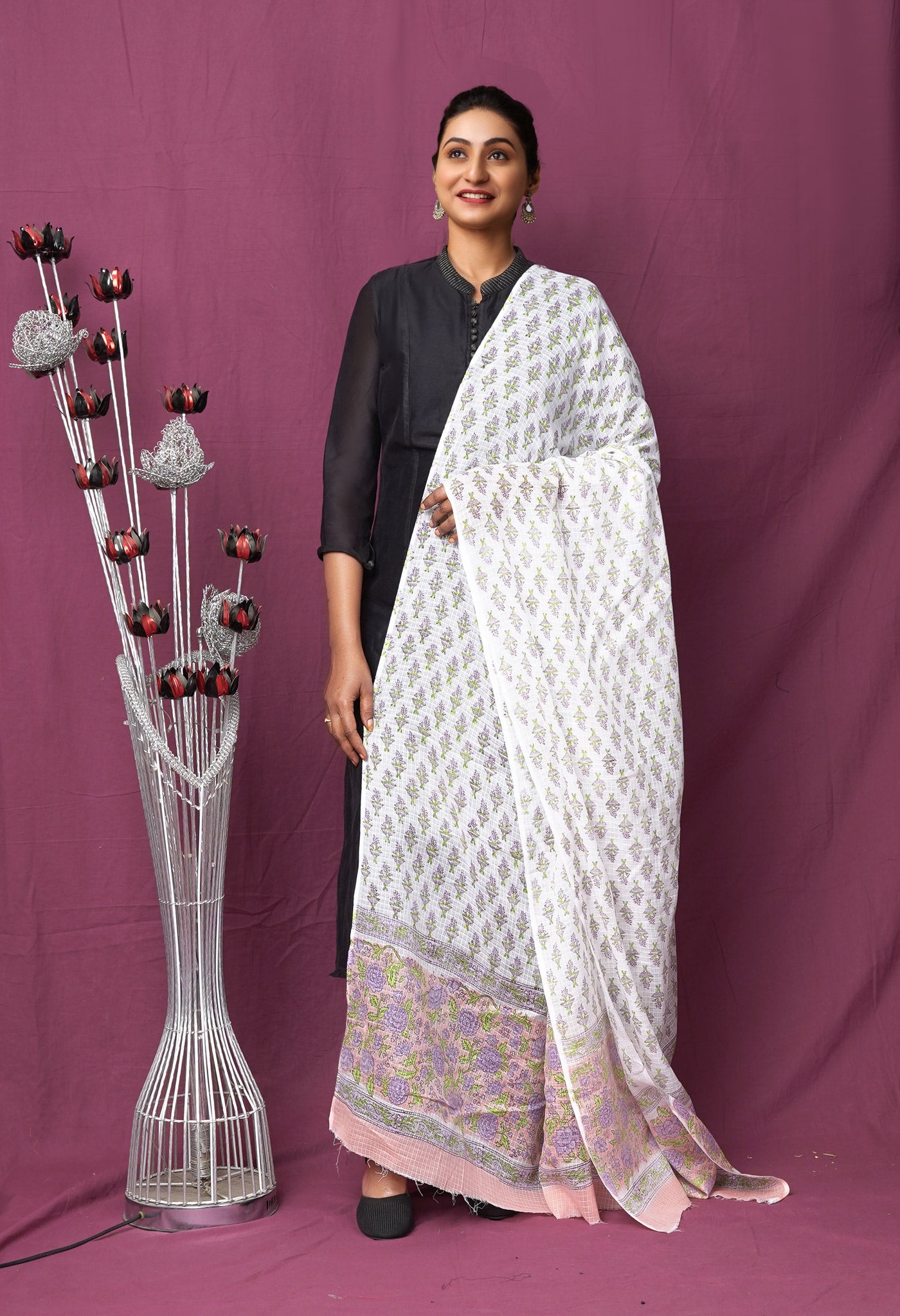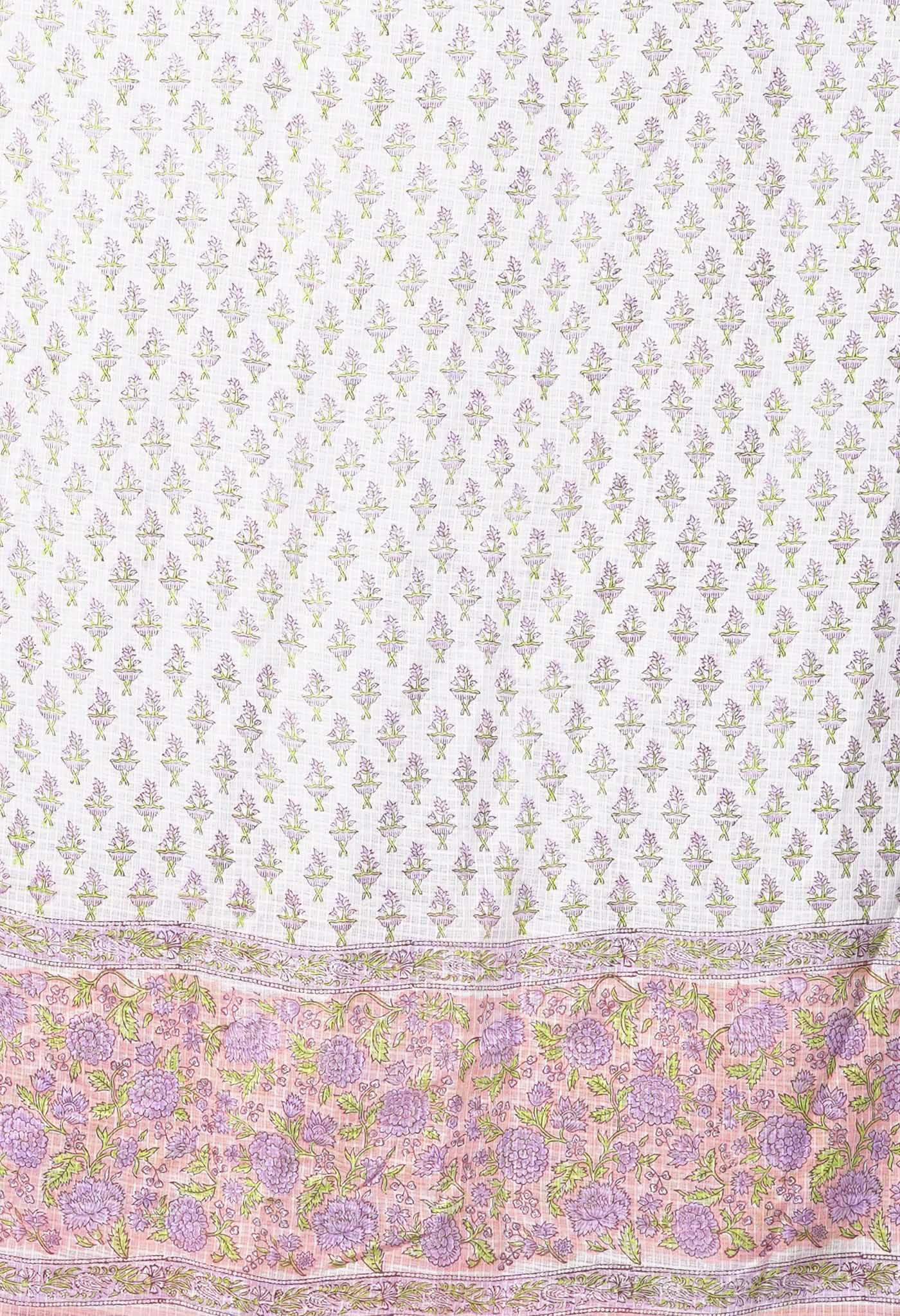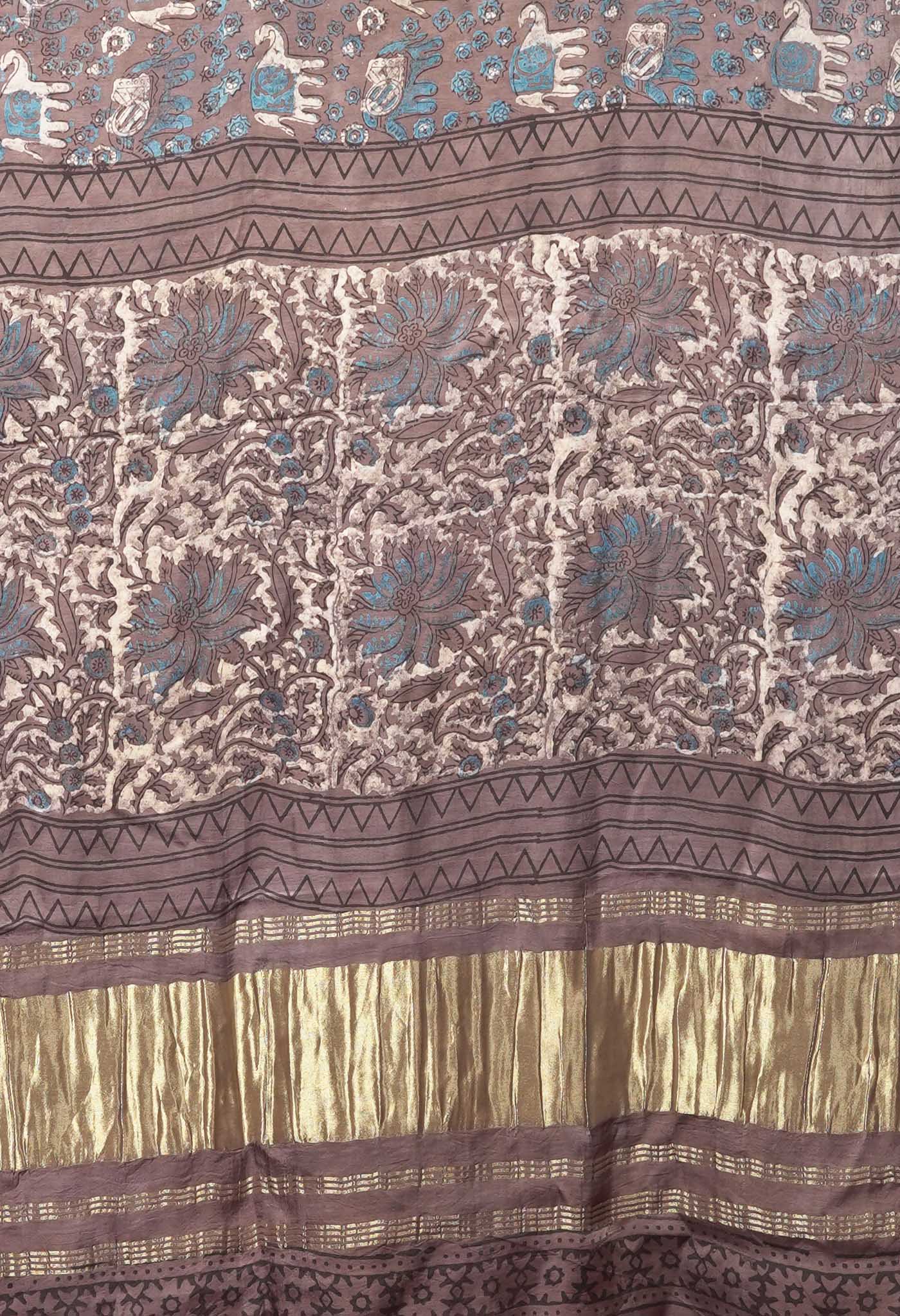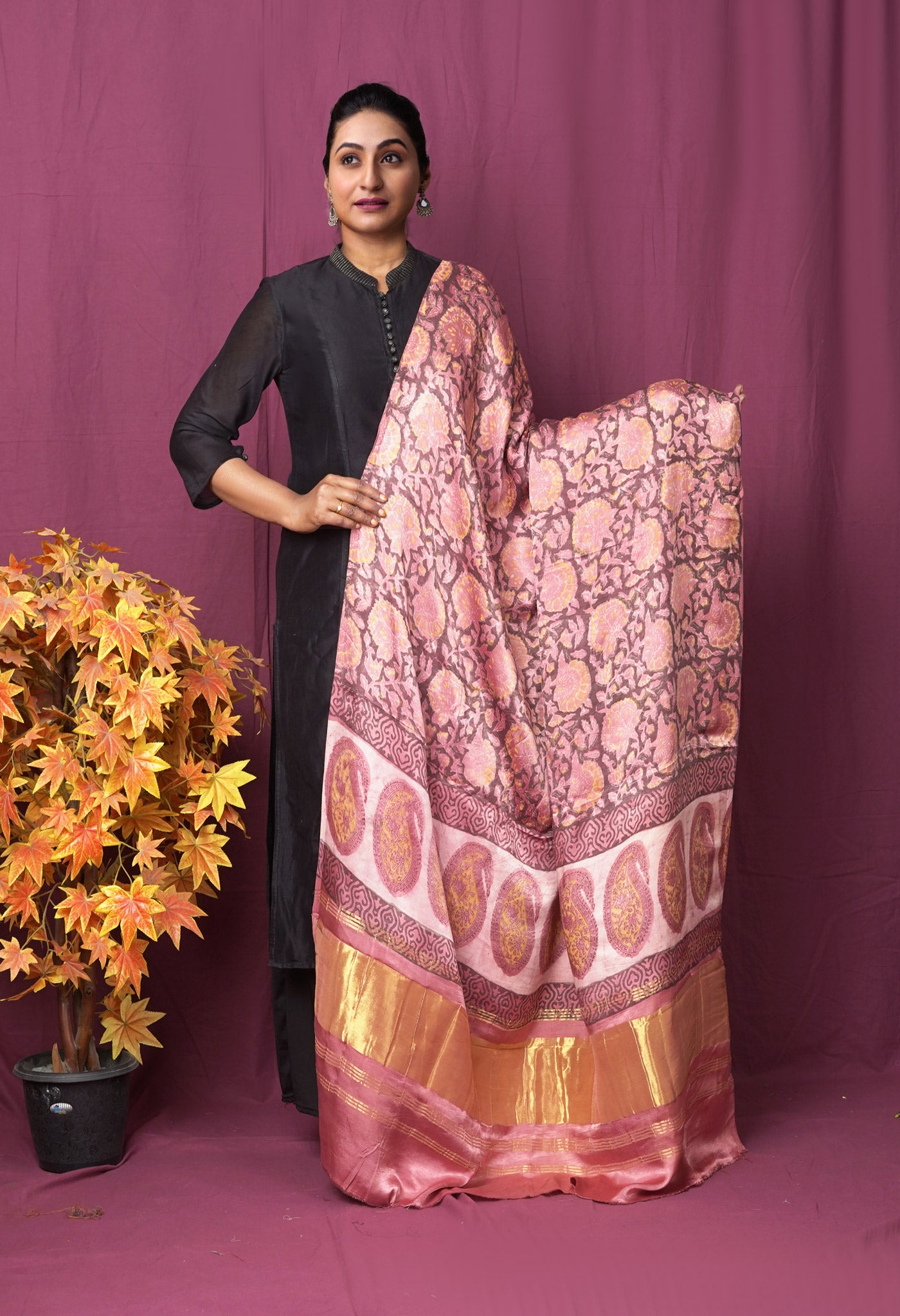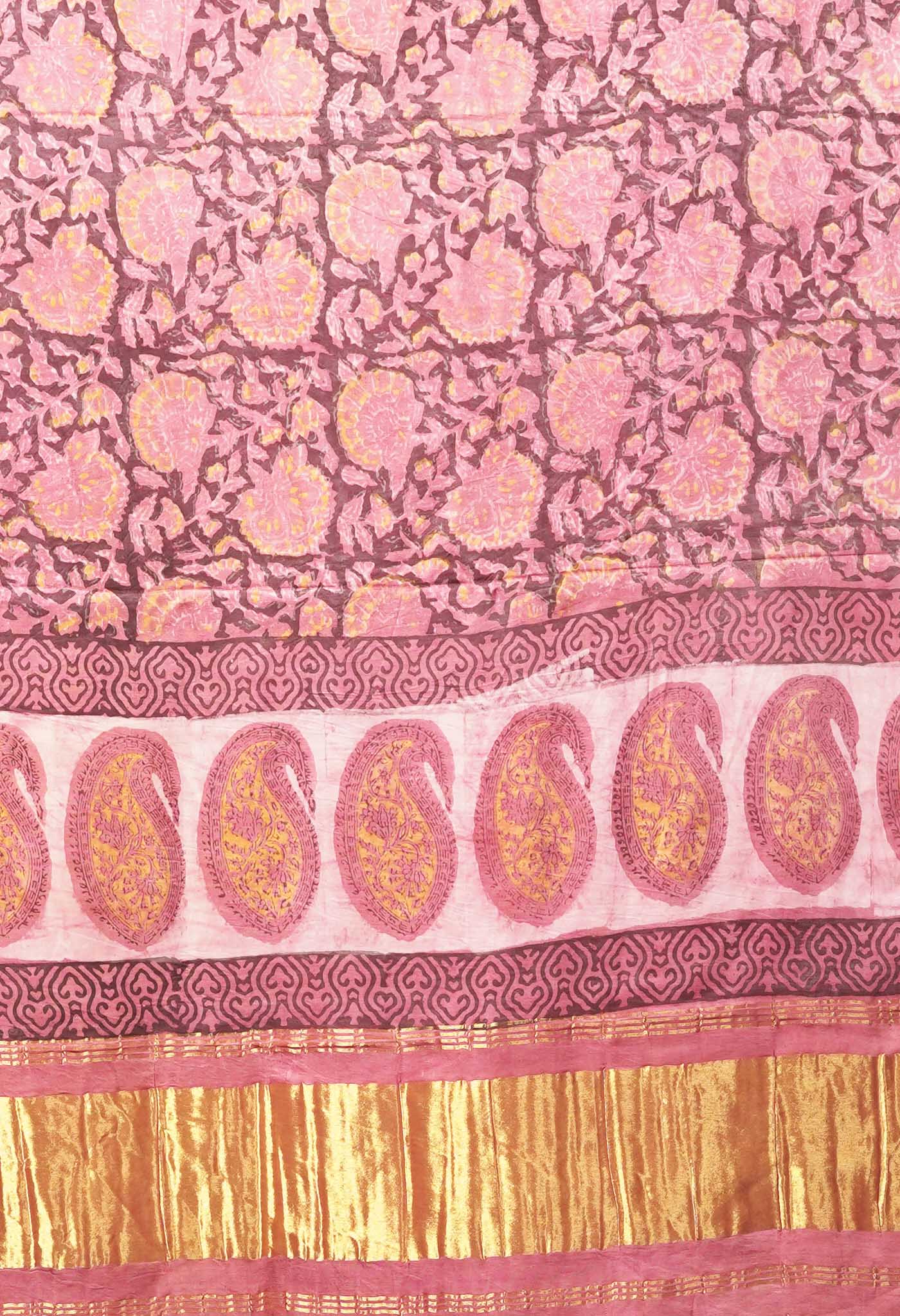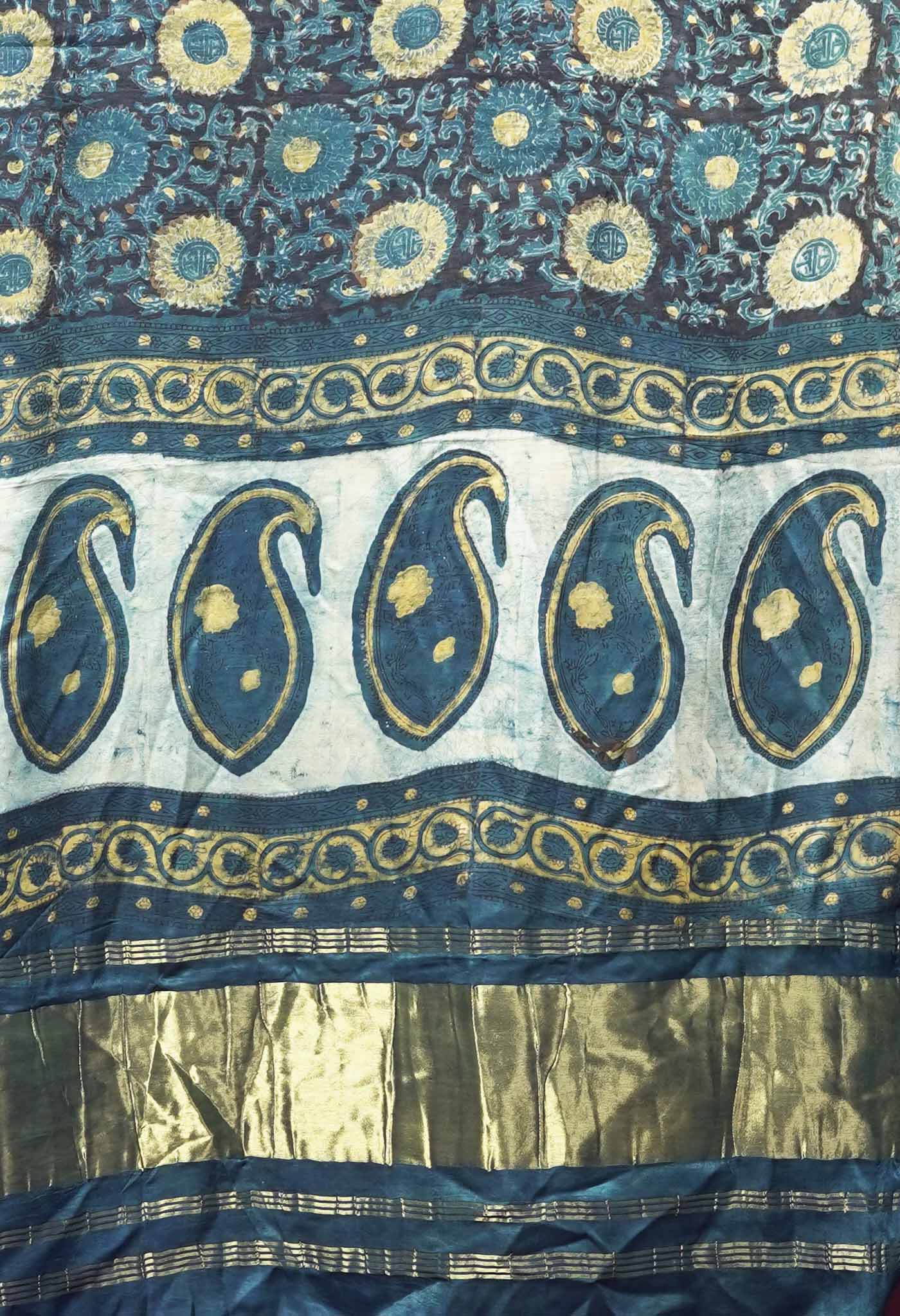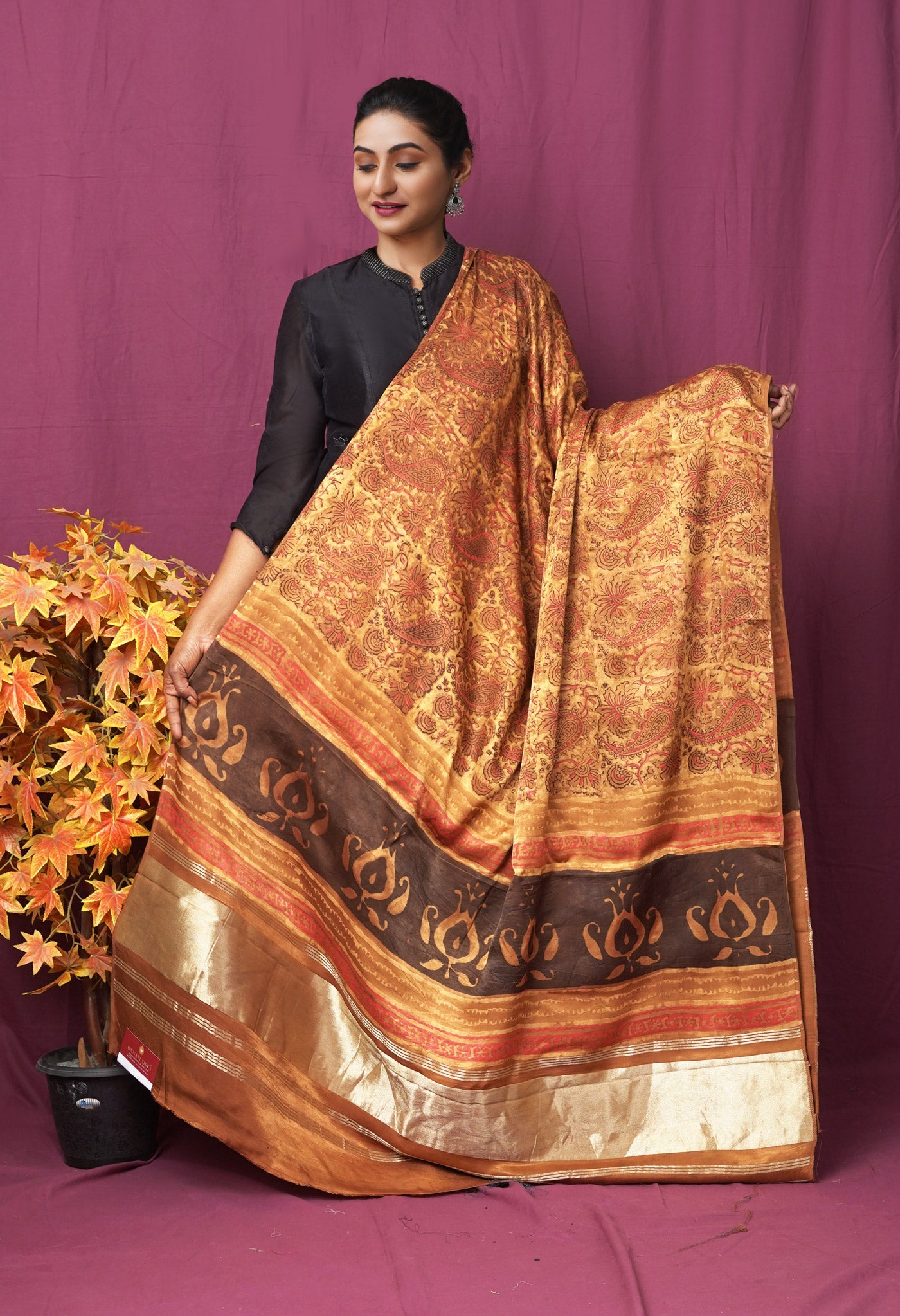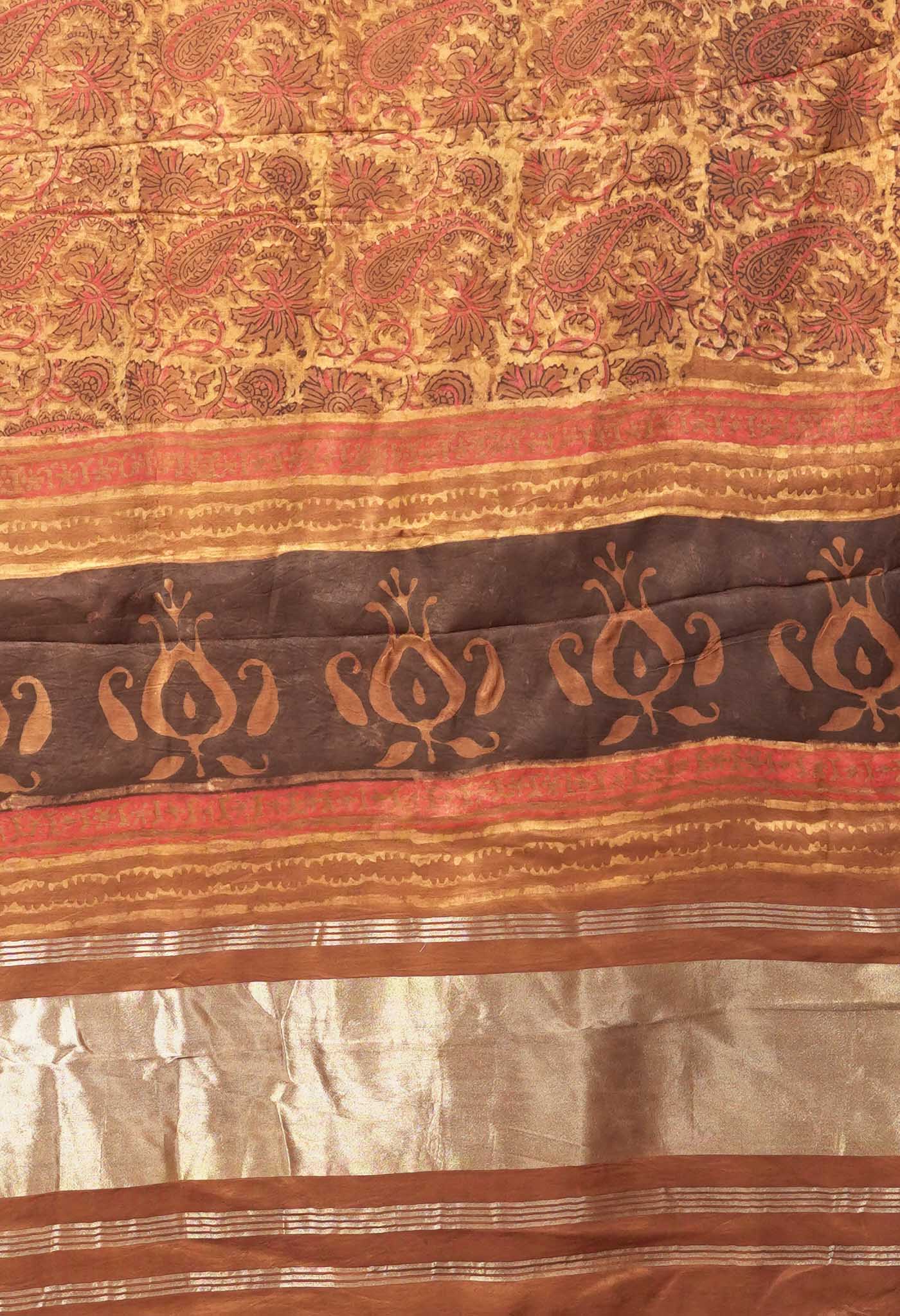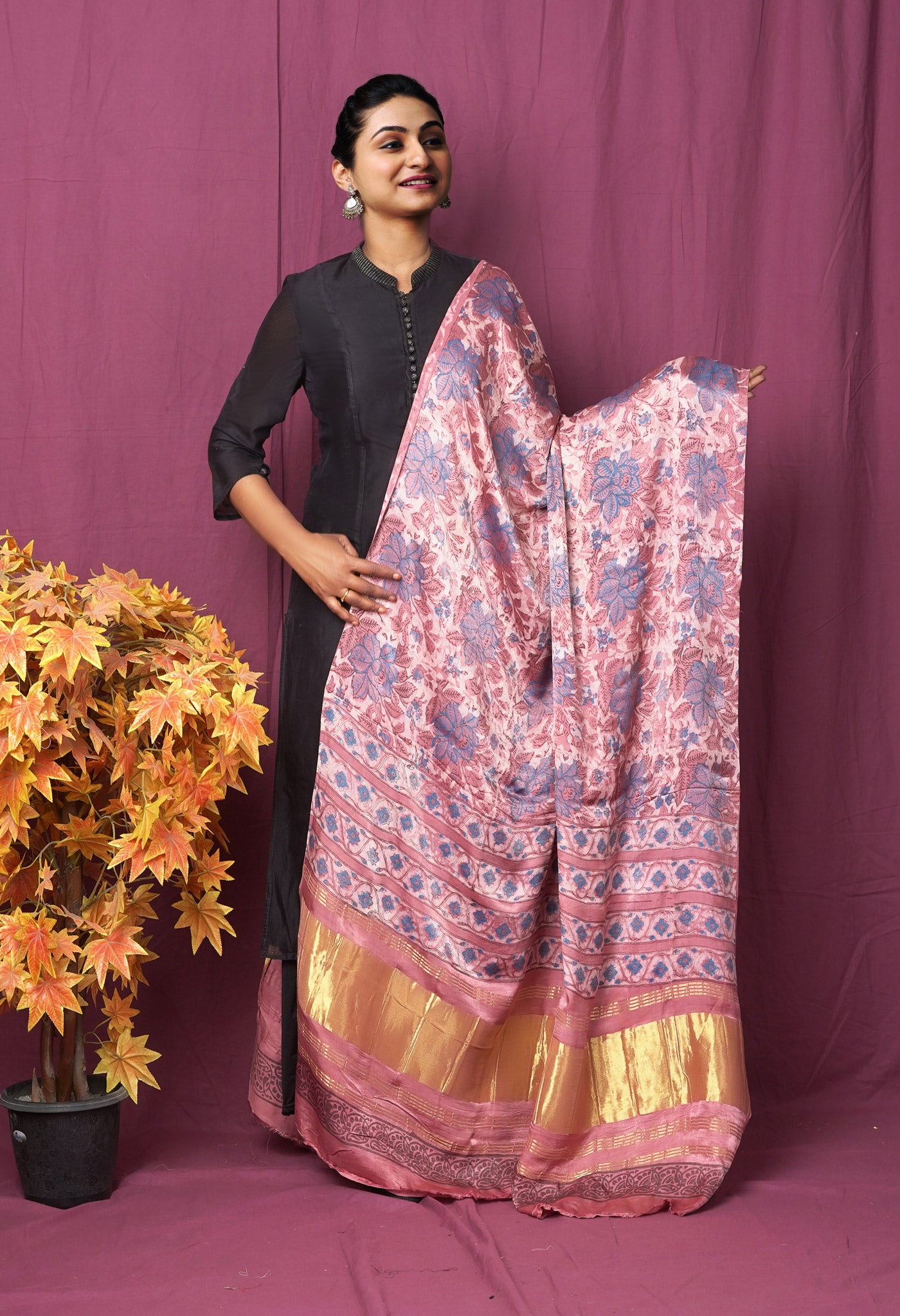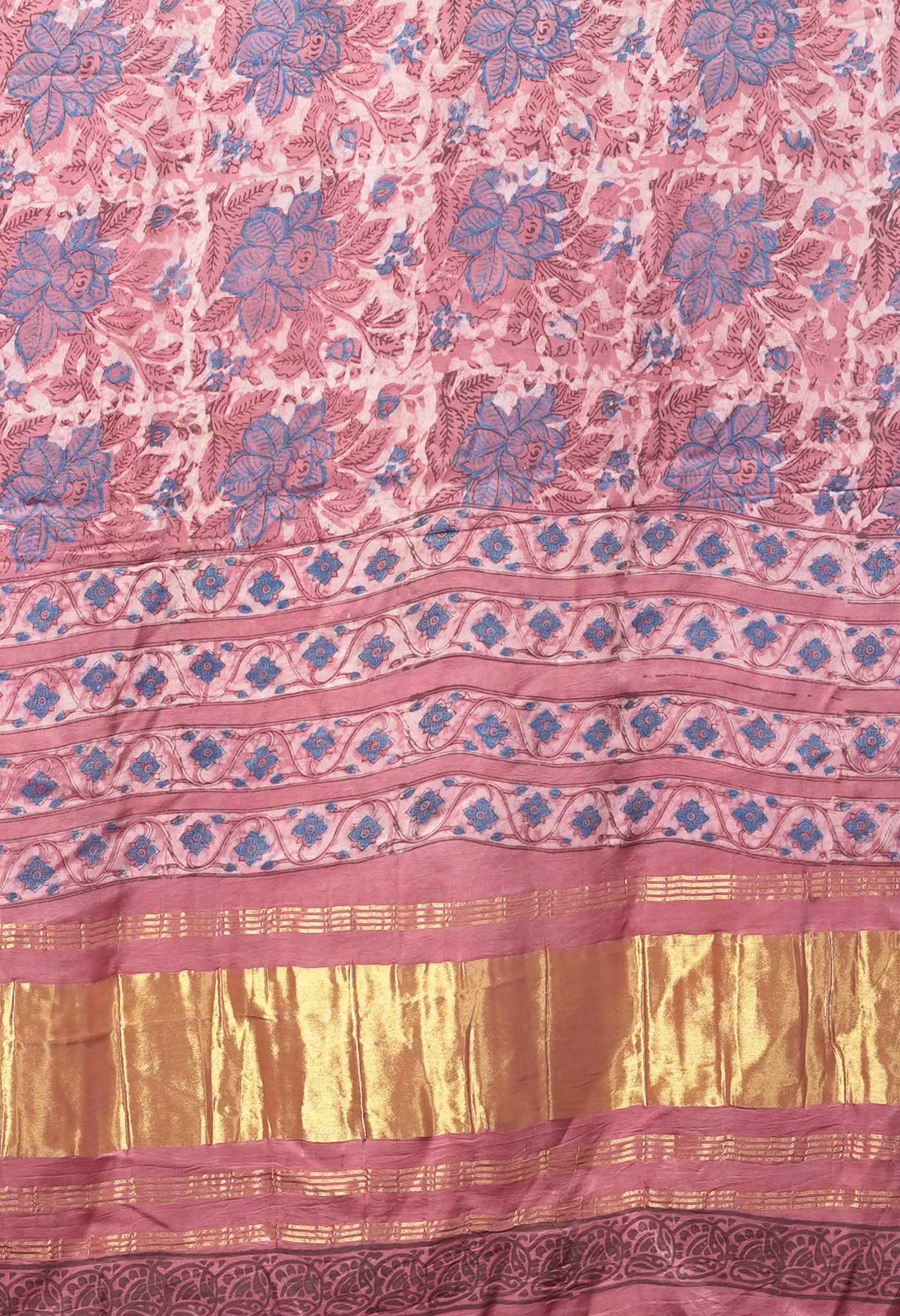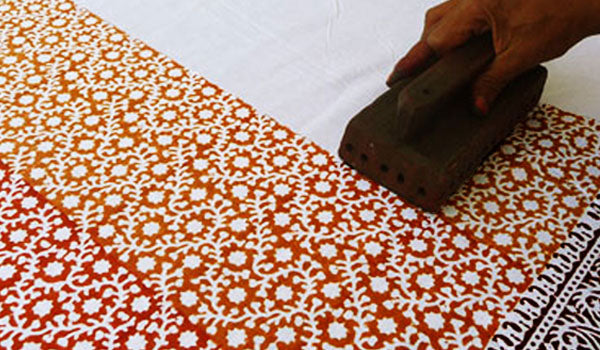
RAJA, MAHARAJA AND PRINTS – Discover the Magic of Sanganer with us
Heard of Sanganer?
Situated in Jaipur district of Rajasthan adjoining the capital city is where Sanganer is located. What is it known for? Three things – it has a handmade paper industry, it is known across India and flocked to for its Jain temples, and most importantly its hand block printed fabrics are very popular across India and even overseas, for their bright colored patterns decorating white backgrounds.

A well-connected place on account of being just outside the capital city Jaipur, Sanganer has a few International Schools, two prominent institutions in Agriculture and Health to boast of.
One of the things that Sanganer is able to boast about to the world, is the ancient Shri Digamber Jain Atishya Kshetra Mandir at Sanghiji.
Shri Digamber Jain Atishya Kshetra Mandir at Sanghiji
Made of red stone, this temple with principal deity Lord Adinath (Rishabh Dev) is the pride of Sanganer, a showpiece for tourists visiting Jaipur. What is special about this temple one might ask? It has extremely fine carvings that compare to the famous Dilwara temples of Mount Abu that are an extremely popular tourist destination. Built in phases, the last phase was completed in 10th century A.D. as per one of the inscriptions of the sacred texts.

It has sky-high shikaras and the inner sanctum is a stone shrine with eight sky-high shikaras or pinnacles. In the midst of underground portion, there is located an ancient small temple guarded by the Yaksha. The sacred temple has seven underground floors which are kept closed due to old religious beliefs and visitors are not allowed to see them. It is said that only a Balyati ascetic Digambara saint can enter in it and able to bring out the idols of this underground temple for a limited period, which is declared and decided previously. The idols thus brought out for viewing (Darshan) of devotees, must be placed back within auspicious signs. The temple came in light when Muni Sudhasagar Ji, a disciple of Acharya Vidyasagar Ji visited the underground floors. He brought valuable, never seen before, Jain Murti made of precious stones from the underground floors in the presence of more than five lac Jain disciples.

He claimed that he encountered many Yaksha in form of snakes who were there to protect the treasure and ordinary people cannot enter into the underground floors without seeking permission from the protector gods. The process of bringing Murti and keeping back was telecast live on various TV channels and widely covered by media.
Coming to the Inner temple, it has three pinnacles in the centre of which is an idol of Parshwanath with 7 serpent hoods. All around it are carvings of lotuses, creepers and elephants pouring water from pitchers held in their trunks. But the main idol is that of Adinath, installed in the shrine behind this.
The Temple also has a dharamshala equipped with all modern facilities including a Bhojanalaya (place for meals).
This is a good site to visit for the tourist and the religious devotee, but then having had their fill move on to Jaipur.

Jaipur
It is difficult to condense a narrative about the sights to see in Jaipur, because it is the capital and the largest city of the Indian state of Rajasthan in Northern India. Founded in 1727 by Jai Singh II, the ruler of Amer after whom the city is named, ‘the pink city’ as it is called is not only a tourist’s delight with two UNESCO World Heritage sites, but also a gateway to many other tourist destinations of Rajasthan like Jodhpur, Jaisalmer, Udaipur, Mount Abu etc.
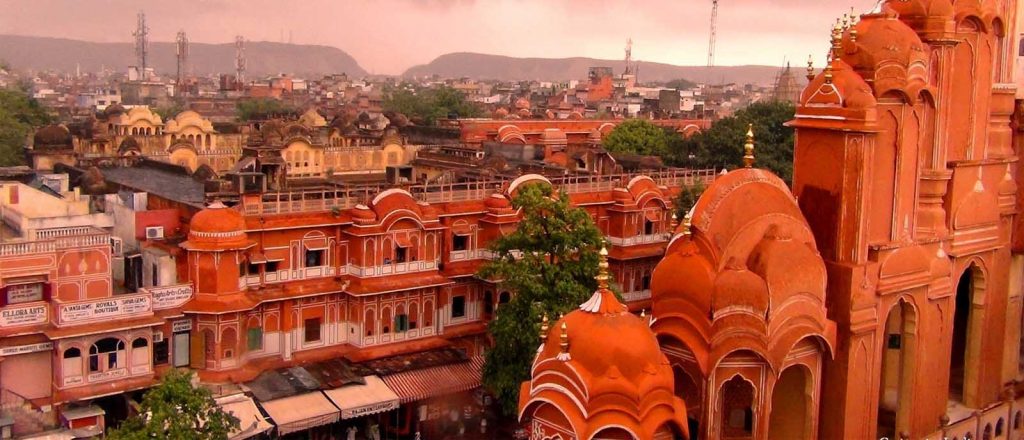
During the rule of Sawai Ram Singh I, the city was painted pink to welcome the Prince of Wales, later Edward VII, in 1876. Many of the avenues remained painted in pink, giving Jaipur a distinctive appearance and the epithet Pink city.
In addition to its role as the provincial capital, educational, and administrative centre, the economy of Jaipur is fuelled by tourism, gemstone cutting, the manufacture of jewellery and luxury textiles, and information technology.
Places one should visit in Jaipur
The beautiful Radha Krishna or Govind Devji Temple
Dedicated to Lord Krishna dressed beautifully with a flute in his hand and Radha by his side, the architecture of the temple is very good. Intricately sculpted images of deities on the walls, it has two majestic elephants at its entrance. An enchanting place to start your tour! Traditional and fairly old it is one of the prime attractions for visitors both from home and overseas.

Jagat Shiromaniji Temple
Located behind the Amer Fort, Jaipur, this is a beautiful temple with an amazingly peaceful atmosphere, dedicated to Lord Krishna and Meera Bai which is one of its kind in India. A mix of Mughal, Jain and South Indian styles, this temple that was made in the memory of Jagat Singh, son of king Man Singh in 1701 AD who died when fighting against the Mughals, cost roughly 982 thousand rupees in an age when this was considered very high. This temple has the same lord Krishna idol which Meera used to worship in Mewar. It was saved from Mughals and brought here in this temple. Meera's idol is placed next to Krishna in here. The architecture of this temple is amazing. Just next to it there is a Lord Garuda temple, which is amazing as well. One must not visit this.

Jewels Lake Palace
This is a place that gives good vibrations. A delight for the senses for lovers of authentic crystals , and jewellery . Not only is this place beautiful , but the owner takes pains to explain the workmanship of the jewellery that is displayed.
Situated a few minutes from Jal Mahal , and very close to one of the famous Forts of Jaipur, a visit to Lake Palace is inevitable. It is a great shop with a wide choice of precious and semi-precious stones. You get to buy bracelets, earrings, necklaces, rings etc. mostly inserted with valued precious or semi precious stones. Special orders, as well as worldwide forwarding are attractive services offered.
Jal Mahal
It is a Palace that was once created for the royal family and their guests during the scorching summers in Jaipur. Now it is a big tourist attraction although in summers some time there is no water because of scanty rainfall. One gets to see it while entering Jaipur. It is a picturesque place that provides a fabulous view. Especially the top view from the Nahargarh road is just amazing. One cannot reach the palace to visit but one can definitely walk around the lake.

Take a Day Trip to the Haunted Village of Bhangarh and Abhaneri Stepwells
If you are adventurous or love a scare for kicks, take the time and trouble to make a 12 hour day trip to Bhangarh Fort from Jaipur. 17th century ruins and a mystery of why an entire village was deserted by its residents 300 years ago would be apt for you. Added to the trip’s menu could be the 1,000-year-old Chand Baori stepwell, famed for its precise and picturesque geometrical pattern. A guided tour of a limited 12 people per trip is the answer to get your money’s worth. Surprisingly the Indian government has banned entry to the complex between sunset and sunrise.

The Abhaneri Stepwells is an extremely interesting place to visit because of the history and spectacular architecture. Next door to it is also a temple ruin (still in operation) with lots of broken stone carvings etc. If you are interested in ancient architectures and temples, this would be one location well worth a visit.
Isar Lat
Also known as the Tower to Heaven, this tower is situated near Tripoli, a gate in the city centre complex of Jaipur. Constructed to celebrate a grand victory in the battlefield this is the highest tower in the city, providing an absolutely breathtaking vantage view. For security reasons the climb to the top has been stopped. This tower can easily be seen while traveling on the main road overlooking the city palace complex.

Birla Mandir Temple
It is a brilliant showpiece of Jaipur built of marble as white as snow. It is located near the Moti Dungri temple.
Amber Fort
Located in Amber town of Jaipur on a high hill, Amber Fort is easily accessible. It is one of the two world Heritage sites at Jaipur. Stunning for its constructional beauty it is mostly made of marble and red sandstones.
Diwan-e-Khas or the Hall of Private Audience
It is a beautiful courtyard cum hall located inside the palace complex. This is the hall of private audience where king met selected delegates. It has a beautiful ceiling painted in vibrant red & gold colors. An art gallery in Mubarak Mahal showcases beautiful paintings, ancient books, embroidered rugs, carpets from the royal era.

Jantar Mantar – Jaipur
One of the two World Heritage sites of Jaipur, those interested in astronomy and astrology would definitely find it interesting. But even the average common man would find it interesting or worth a visit. The exhibits like the world's biggest sun dial whose accuracy is still maintained is incredible, especially when you consider that they are nearly 300 years old. You also get books to buy on the subject. Interesting to note that even in those days Science and Maths were quite advanced.

Khole Ke Hanuman JI Temple, Jaipur
An old and distinguished temple of Lord Hanuman on a high hill, you have to walk upward for quite some time, the upper temple is not that much, few minutes are enough to spend there, while the other temple down the hill is beautiful and serene. One can see monkeys everywhere. This temple is amidst mountains, neat, clean, well-maintained with many facilities and quite modern too.

Diwan-e-Aam or Hall of Public Audience
It is a beautiful marble floored courtyard hall inside the City Palace. Diwan-e-Aam is located between the armory and the art gallery within the complex. This was the hall of public audience where the king used to hear the grievances of the common people. There are 2 giant sterling silver vessels which hold the Guinness World record as world's largest sterling silver vessels. One can also see beautiful crystal chandeliers hanging from the ceiling. At the centre of the city palace it provides an insight and historical understanding of the royal Jaipur kingship. Impressive architecture and decoration, an exhibition of historical royal artifacts, attire, and garments & Weapons are on display.

Chandra Mahal
Built by Maharaja Jai Singh II and later renovated by his descendants, Chandra Mahal at present serves as the residence of the Maharaja of Jaipur (the descendants of Royal family of Jaipur). It has a fee to see the place. The Blue Room, the four principal gates and other portions are wonderful, the surroundings wonderful.

Royal Gaitor Tumbas
Nice tombs and temples giving a beautiful display of various architectural elements from different areas coming together. Very well maintained by the trust, each of the cenotaphs is built in a different style with extensive carvings and a very refined work.

Jaigarh Fort
A must-see, this fort is overlooks the Amer Fort and has the world's largest cannon on wheels. You can marvel at the architecture and the majestic walls of the fort. It is a treat to view the sunrise and the sunset from here. There are vast gardens inside the fort which will remind you of a couple of Bollywood movies. The sheer size of this fort could make jaws drop. It covers almost the entire hill it is sitting on. There are many features of the fort designed to make invasion difficult. The most impressive is that it has a few staircase wells that draw water from the surrounding hills. Thus, while land surrounding the fort will be dried of water, the fort is well supplied with running water.

Anokhi Museum of Hand Printing
This museum is located inside a traditional Rajasthani Haveli and showcases the art & heritage of hand printing using wooden blocks. One can see many types of traditional hand printed colorful dresses for males & females on display and maybe even see artisans at work. You can even pay to block print your own scarf, bag or T shirt.

Jaipur Wax Museum
Jaipur Wax Museum is the only wax museum situated in a heritage palace of Nahargarh Fort in Jaipur with the exhibit of 30 wax statues of world renowned celebrities all over the world with the lone attraction of palace of mirrors made of 2.5 million pieces glass work.

Jawahar Kala Kendra
Jawahar Kala Kendra also known as JKK is a famous and remarkable building in Jaipur designed by Charles Correa, one the best architects of India. It was built by Rajasthan government with the purpose of preserving Rajasthani arts and crafts. Nice Place to Show case Art For Young Budding Artists. It also has a library with an interesting collection of books.

Alice Garg National Seashells Museum
A unique museum that displays a soft item like seashells instead of the usual swords and royal attire it is an amazing collection that has taken time and effort. It has not been much publicized perhaps due to limited interest of people in natural history. A person who knows what it takes to collect so many seashells it will be amazing that such a collection is located about 1000 miles away from nearest sea shore. I have not seen such collection on any of famous seashore cities in India. The museum houses collection from world over. It seems it is the world's second largest such collection.

Amer Elephant Safari
The beautiful Amber Fort visited on elephant back. This safari needs to be booked from ground level at front side of the fort and tourists are carried by elephants up the inclined pathway into the courtyard. Each elephant is beautifully decorated with red carpet and a seat on it's back which can accommodate 2 tourists. Also each elephant is accompanied by a mahout.

Akshardham Temple
If you wish peace of mind you have reached a good spot! The temple is so beautifully made and very neat and clean. One can virtually feel peace in the surroundings. There is a bookstall and shop on site where you can buy religious books and items.

ISKCON Jaipur, Sri Sri Giridhari Dauji Temple
Beautifully renovated, the Iskcon temple in Jaipur covers a vast area. Residential houses, agriculture for their own use, cows, facility of dining for hundreds of devotees at a time, a restaurant, a hotel are some of the facilities they have. There is book stall and souvenirs shop. A slight detour from Jaipur city, but worth the visit.
Amar Jawan Jyoti
If you are in Jaipur this place is a must for a visit .It is in remembrance of our martyrs the real heroes. Well lit up in the evening with various video and audio clips it is a beautiful and well maintained place near the New Vidhan Sabha Jaipur. Excellent memorial, the museum with LCD screens is also good, worth-watching. The light and sound show is also interesting and tells the history of Rajasthan warriors.

The Statue Circle
One of the most beautiful circles built in Jaipur. This place is illuminated with multicoloured lights in the night and offers a great view. A great place for a stroll! You have dhabas, toy vendors, ice cream vendors, horse buggy riding that help one to unwind.
Jaipur Zoo
Jaipur Zoo opened in 1877. Located near Albert Hall Museum, it is divided into two parts: one for mammals and other for birds and reptiles. Nearly 50 species of different birds and animals from all over the world can be seen here. In year 1999, the crocodile breeding farm was established which is the fourth largest breeding farm in India. A museum was also constructed inside the zoo which exhibits the wildlife of Rajasthan. The Jaipur Zoo has been constituted under the Wild Life (Protection) Act. The main objective of the zoo is to complement the national effort in conservation of wild life.
Returning to Sanganer and exploring Textiles
The village of Sanganer near Jaipur has been a major centre for very fine block-cutting and printing. Almost 500 years' old, Sanganeri printing gained high popularity in the 16th and 17th centuries in all European countries with its Calico prints and became one of the major exports of the East India Company.

Legend has it that it was probably towards the end of the 17th century that this art form developed here. Thanks to the constant wars with the Mughals and Marathas, many printers migrated from Gujarat to Rajasthan. Under the royal patronage, by the end of the 18th century this industry was fully developed in Sanganer.
The United Nations Industrial Development Organisation (UNIDO) in its report on the Jaipur hand block printed textile cluster, has mentioned, "Shades of black come out best after washing the cloth in the waters of Sanganer. Sanganer motifs are mostly floral based. Fine lines and intricate detailing are specialties of the Sanganeri style."
The Sanganeri Print is visible from small flower motifs like stylized sunflowers, narcissuses, roses, and other flowers of luxuriant foliage like daturas, rudrakshas, and arkas. On Sanganeri ‘chintz’ (printed cloth) usually, yellow, green blue (with different tones) are used as the background.

Various floral designs, geometrical and God figures are included in its prints. Sometimes, folk designs are also found. Finesse in flowers-petal designs, curves and delicacy are the prime specialties of Sanganer prints.
Hand block printing in Sanganer is nothing new and in fact a tradition a few centuries old, yet it has neither lost its charm and creativity, nor lost to trends and change.
Sanganer is famous for its Calico printed bed covers, quilts and saris. In Calico printing, the outlines are first printed, and then the color is filled in. Bold patterns and colors are popular. They are printed repeatedly in diagonal rows. Doo Rookhi printing is also famous here. In this technique, artists print on both sides of the cloth.
The Bagru and Sanganeri prints are not easily distinguishable but on a closer observation the difference between the two are revealed. The Sanganer prints are always on a white background, whereas the Bagru prints are essentially in red and black.

While Sanganer is in close proximity to Jaipur, you also have the cousins Bagru and Dabu in the same vicinity. Both Bagru and Dabu are by themselves very unique processes in Block printed fabrics that along with Sanganer prints form a unique trio of traditional and trendy revolutionary art processes that have made Jaipur and more specifically Sanganer, famous world-wide.
Unnati Silks and block printed fabrics
Beautiful hand block Bagru printed ranges are available in varieties like Rajasthani cotton, chiffon, Kota silk, Chanderi sico where the field has an array of Bagru prints flanked by zari and colored borders, with multi-color multiple printed blocks on the pallav or end-piece. Temple design, stripes, zigzag pattern, floral scapes, innovative geometric shapes and combinations etc. – you name it and it is to be found. No wonder the Bagru print line of sarees is popular and sought after in the market.

Dabu Prints produce astounding results on cotton handlooms.
Take the Rajasthani cotton handlooms. Earthy and dark hues with pleasantly attractive floral patterns adorn these Dabu Prints sarees. There are the Venkatagiri cotton handloom sarees in dark shades that have stripes design, a lot of striking geometrical patterns like the zigzag pattern, huge floral bootis and designer pallus. There are also the lighter shades that have plenty of fresh floral and checks patterns as Dabu Prints with mesmerizing designer pallus. There are other cotton handloom varieties also that feature Dabu prints.
Experimentation with silk has also been done successfully with the Dabu prints on Kota silk sarees.

There are Sanganeri fabrics currently not available but on the anvil in the near future.
Rajasthan is a state with a rich heritage in all sorts of crafts and exclusively processed fabrics that might be traditional in creation but trendy in outlook. It is also a very special destination for travelers from within and from outside India. If you have had your fill of Jaipur and its neighbouring areas then it is time to move on to other beckoning spots like Jodhpur etc. that provide their own menu for the eagerly awaiting visitor.
Meanwhile re-live your recent holiday tryst with Sanganer and Jaipur and enjoy the re-wind.[vc_btn title="Online Shopping for Rajasthani Cotton Sarees " color="warning" align="center" link="url:https%3A%2F%2Fwww.unnatisilks.com%2Fsarees-online%2Fby-popular-variety-name-sarees%2Frajasthani-sarees.html||target:%20_blank"]


